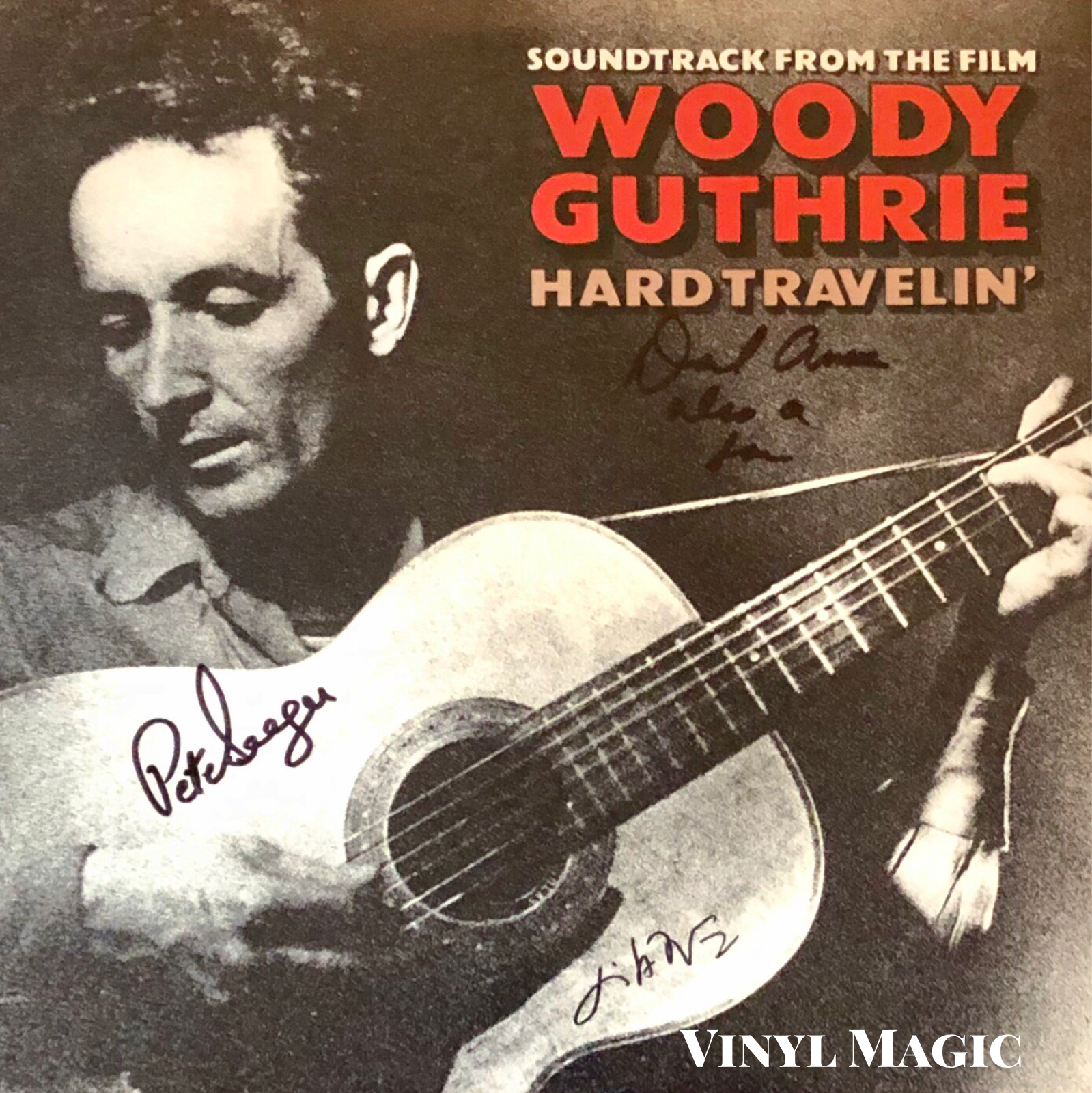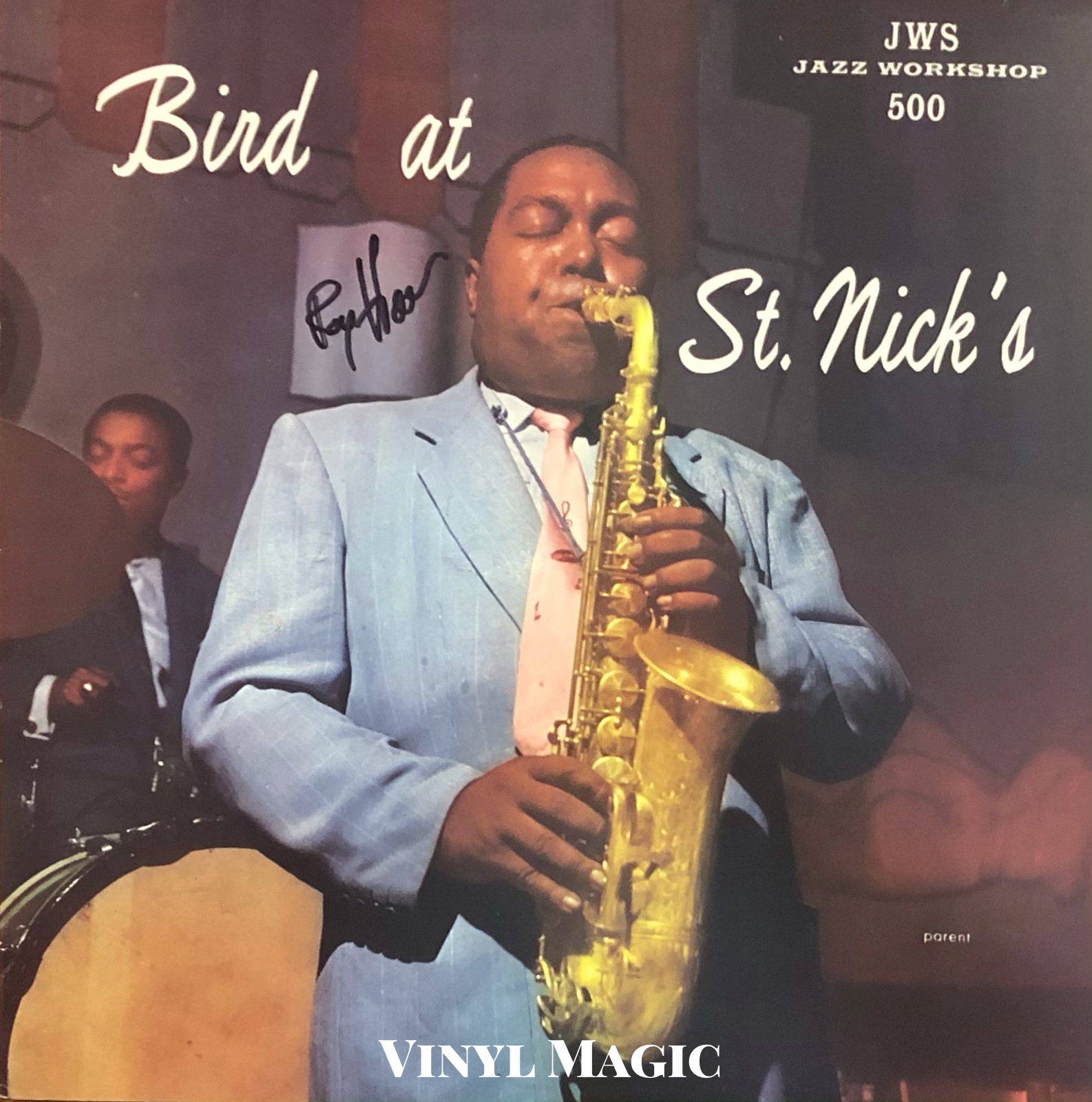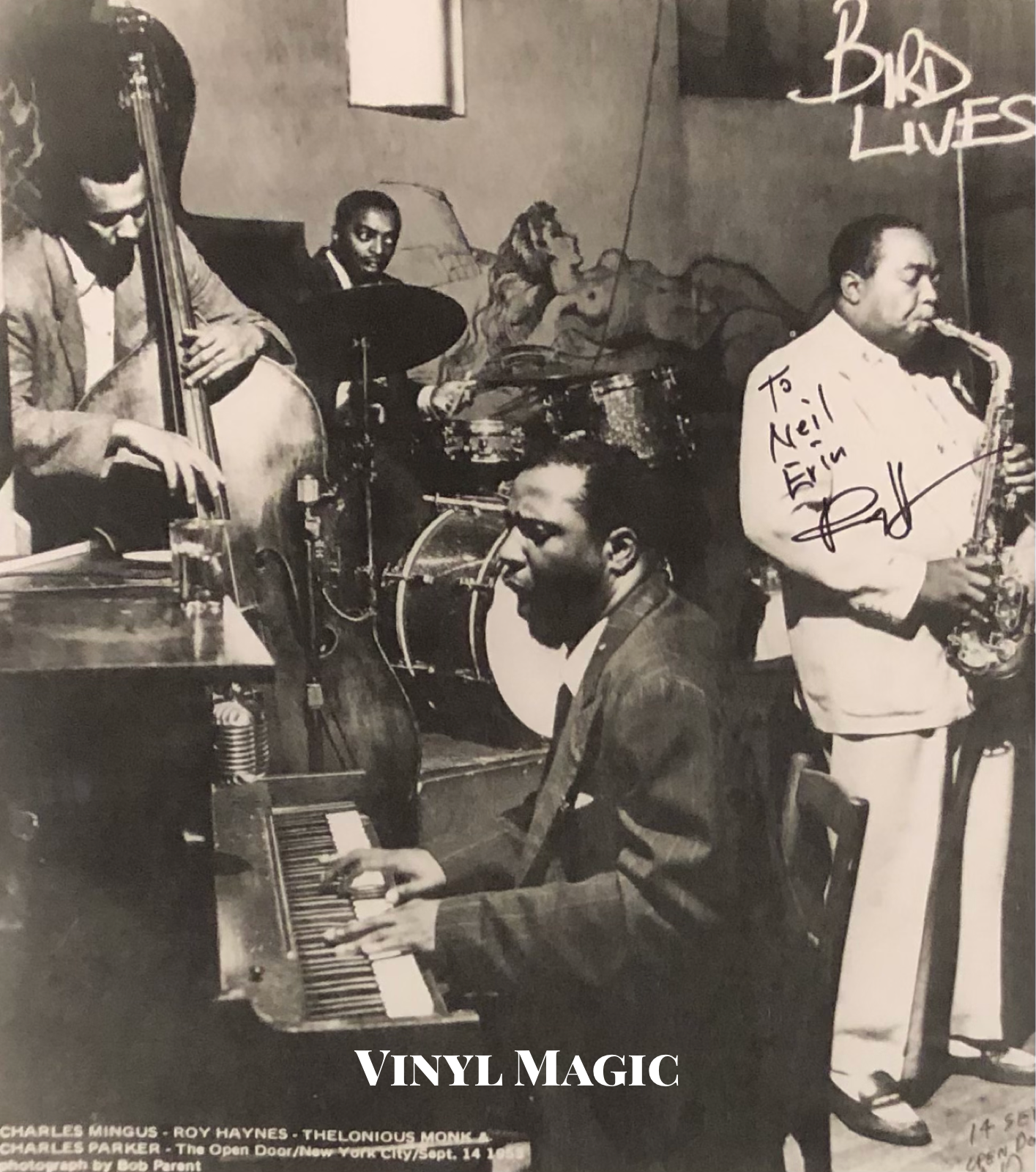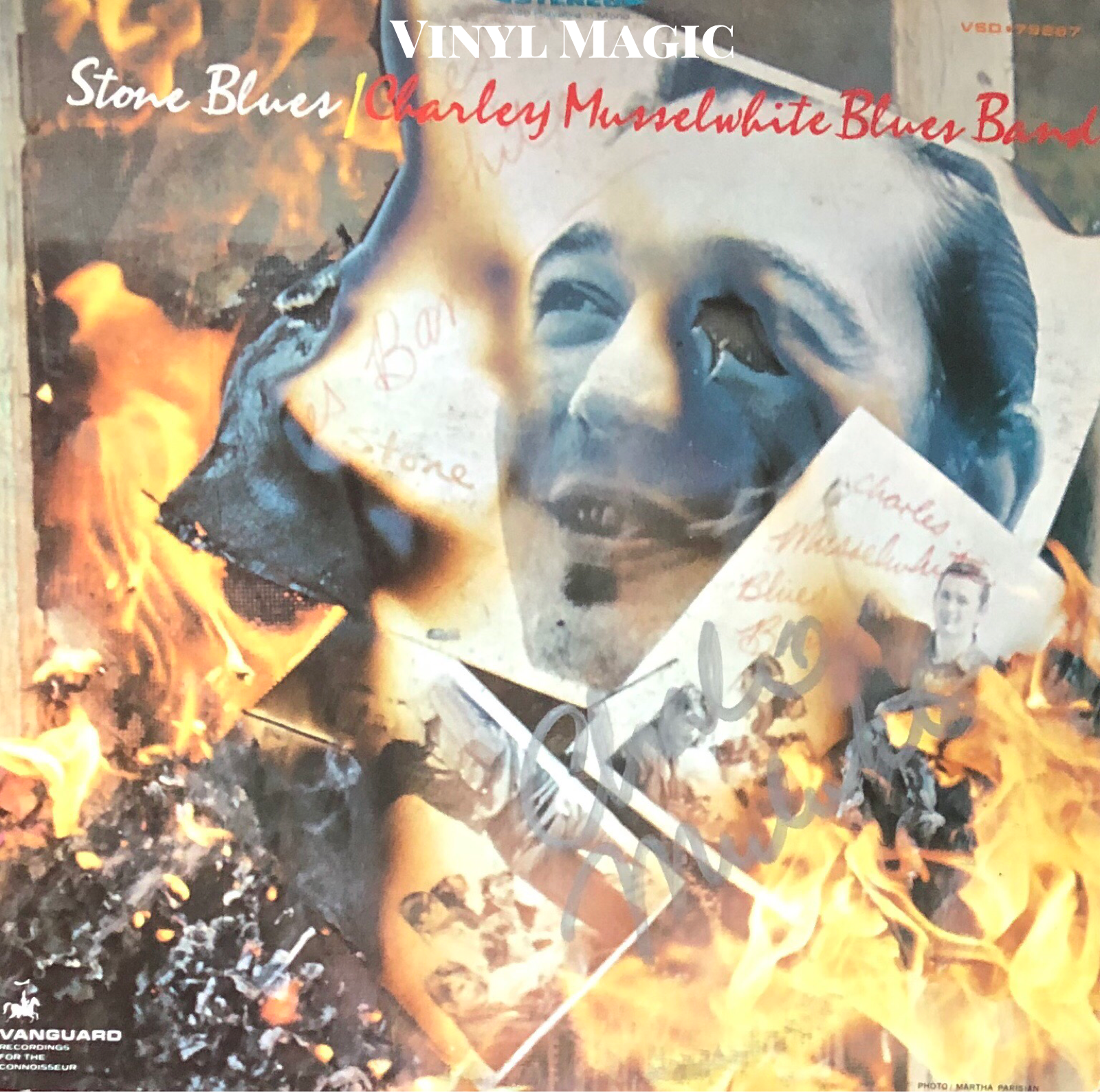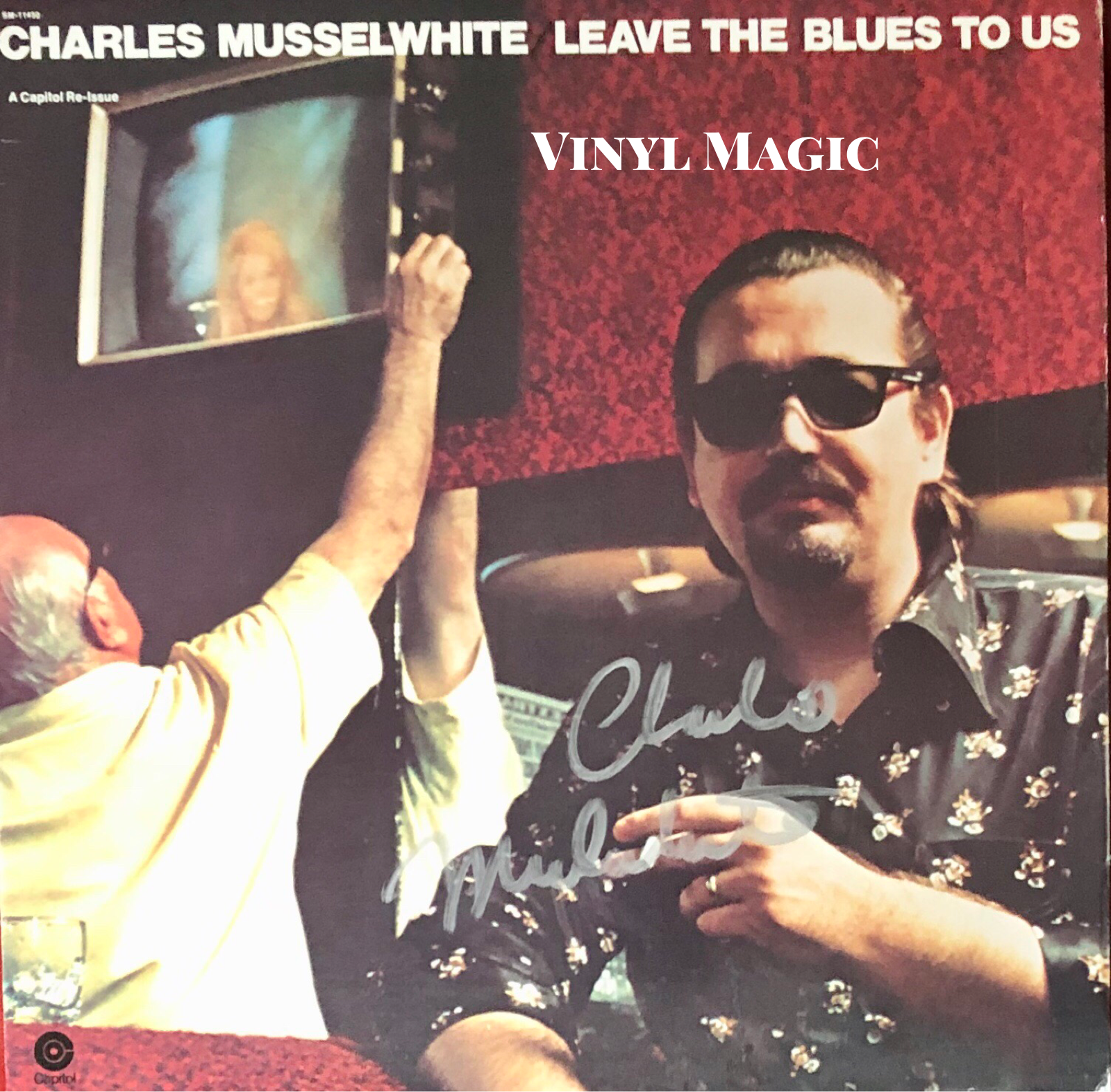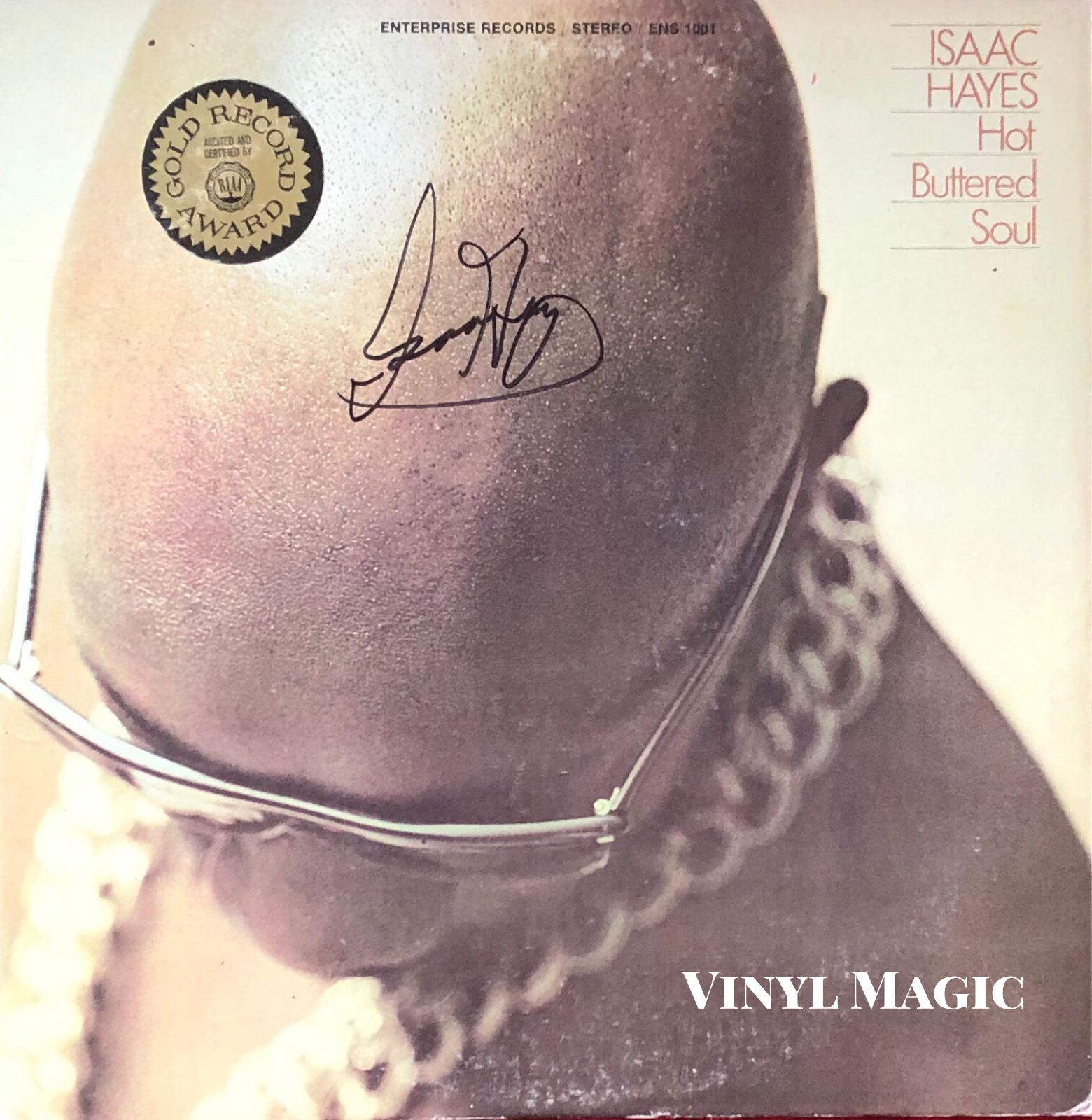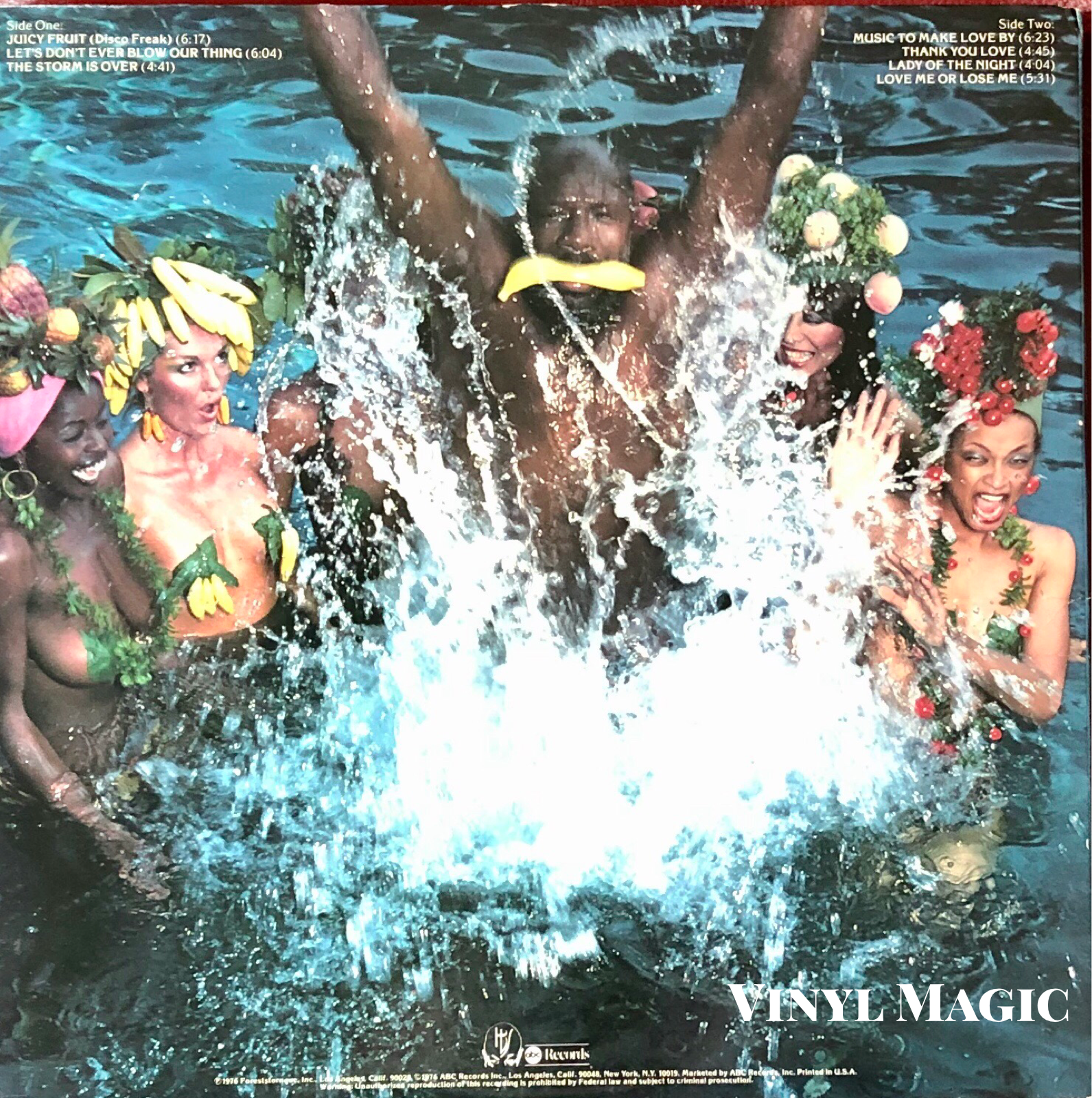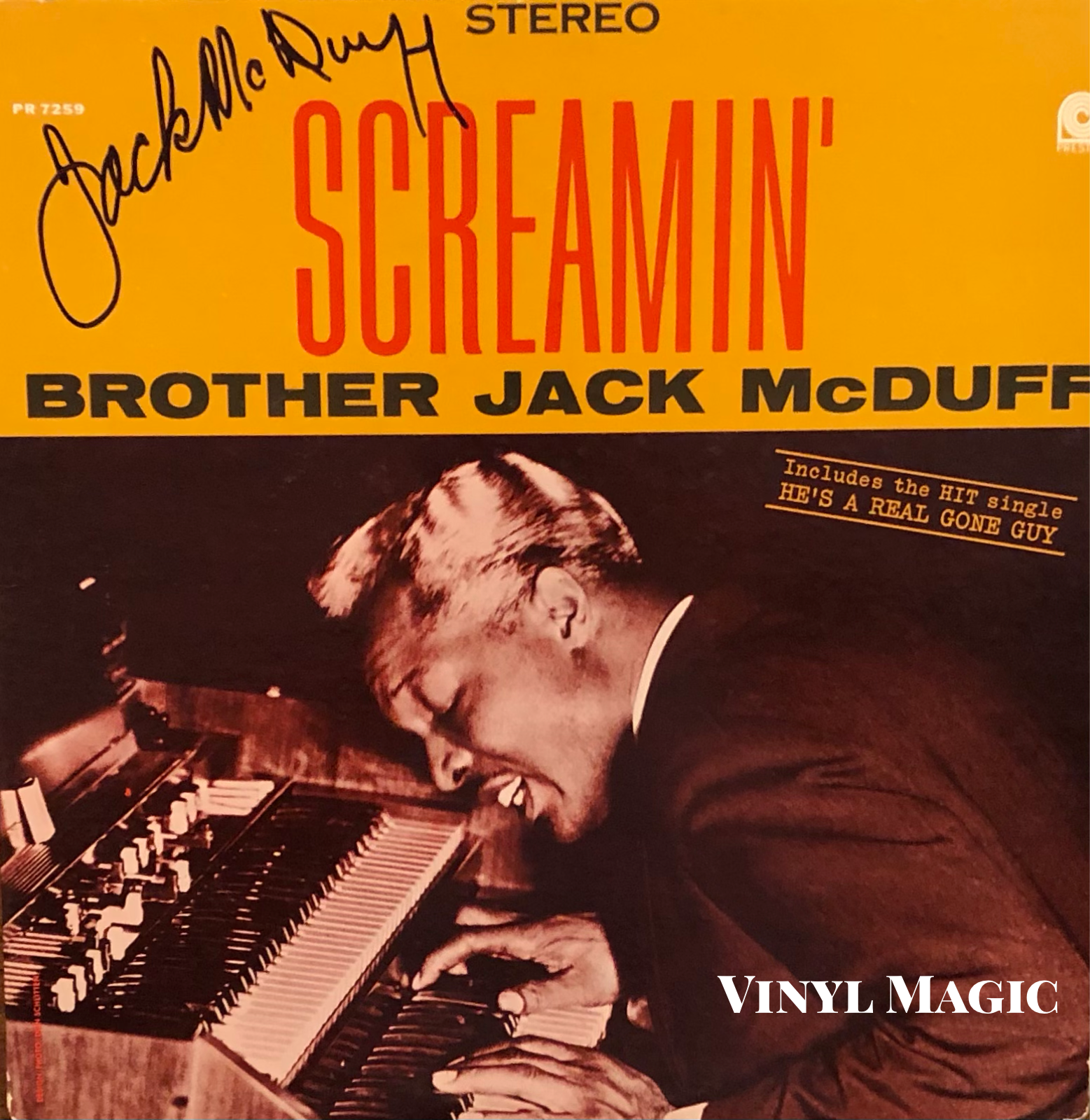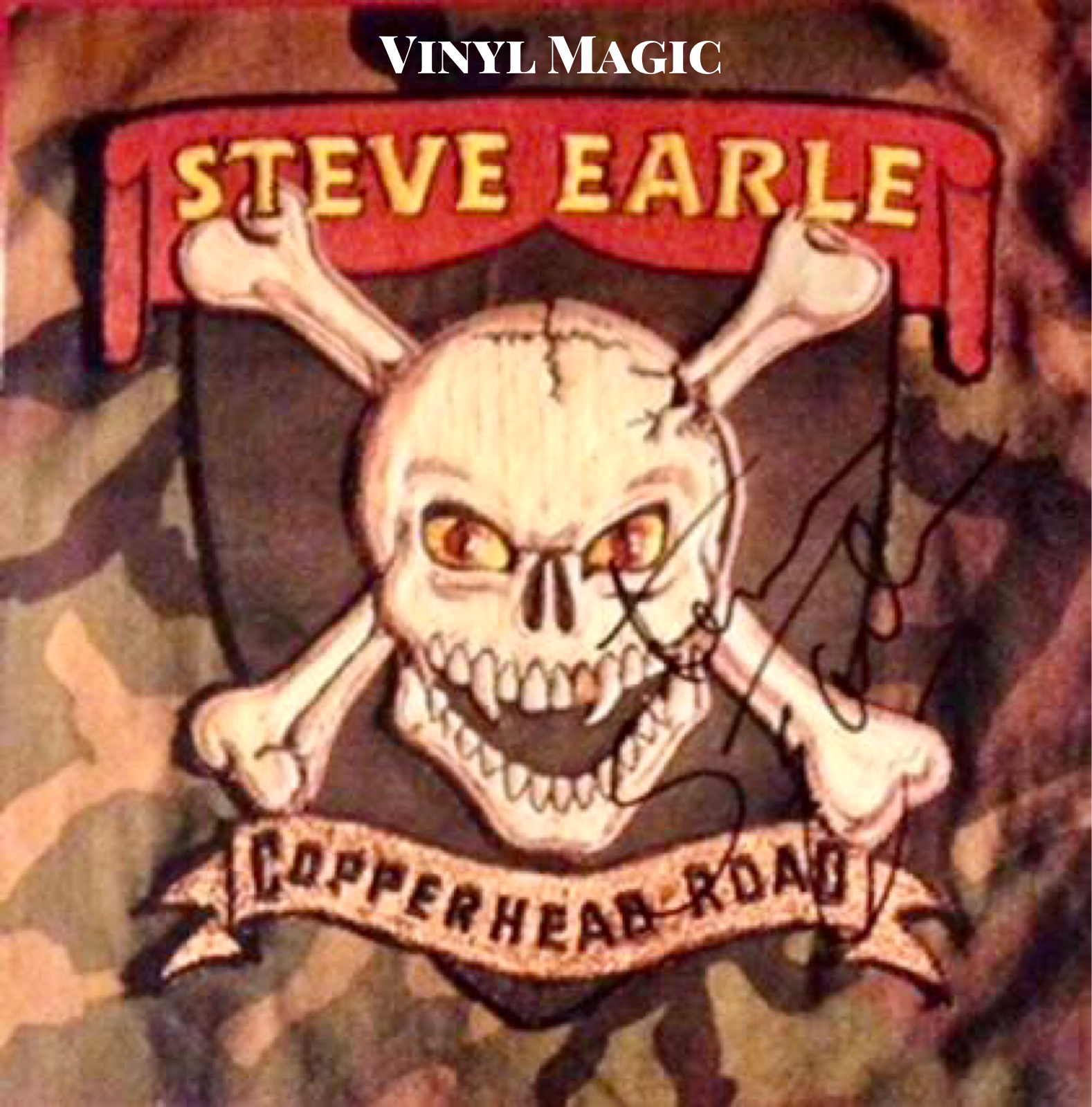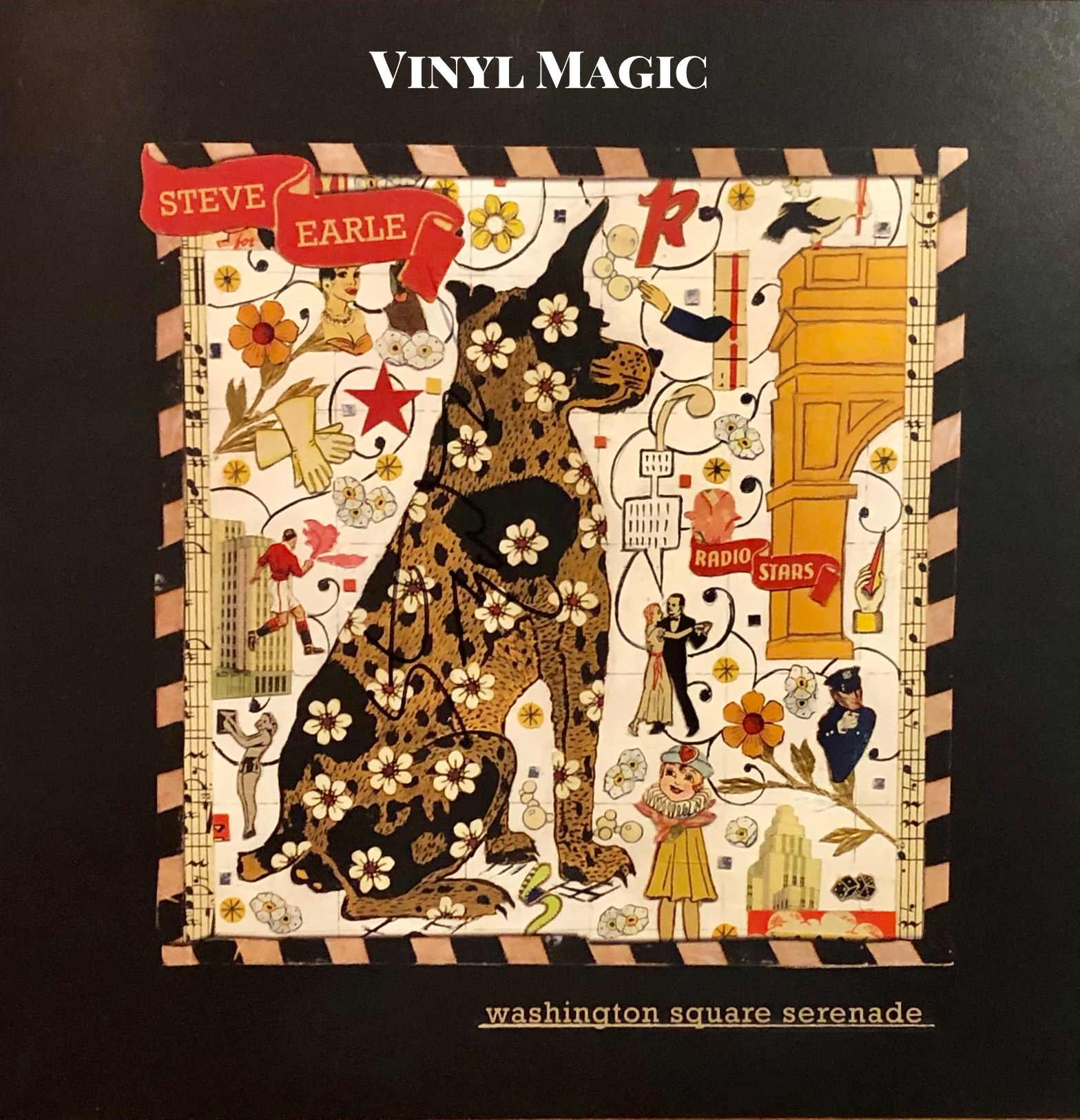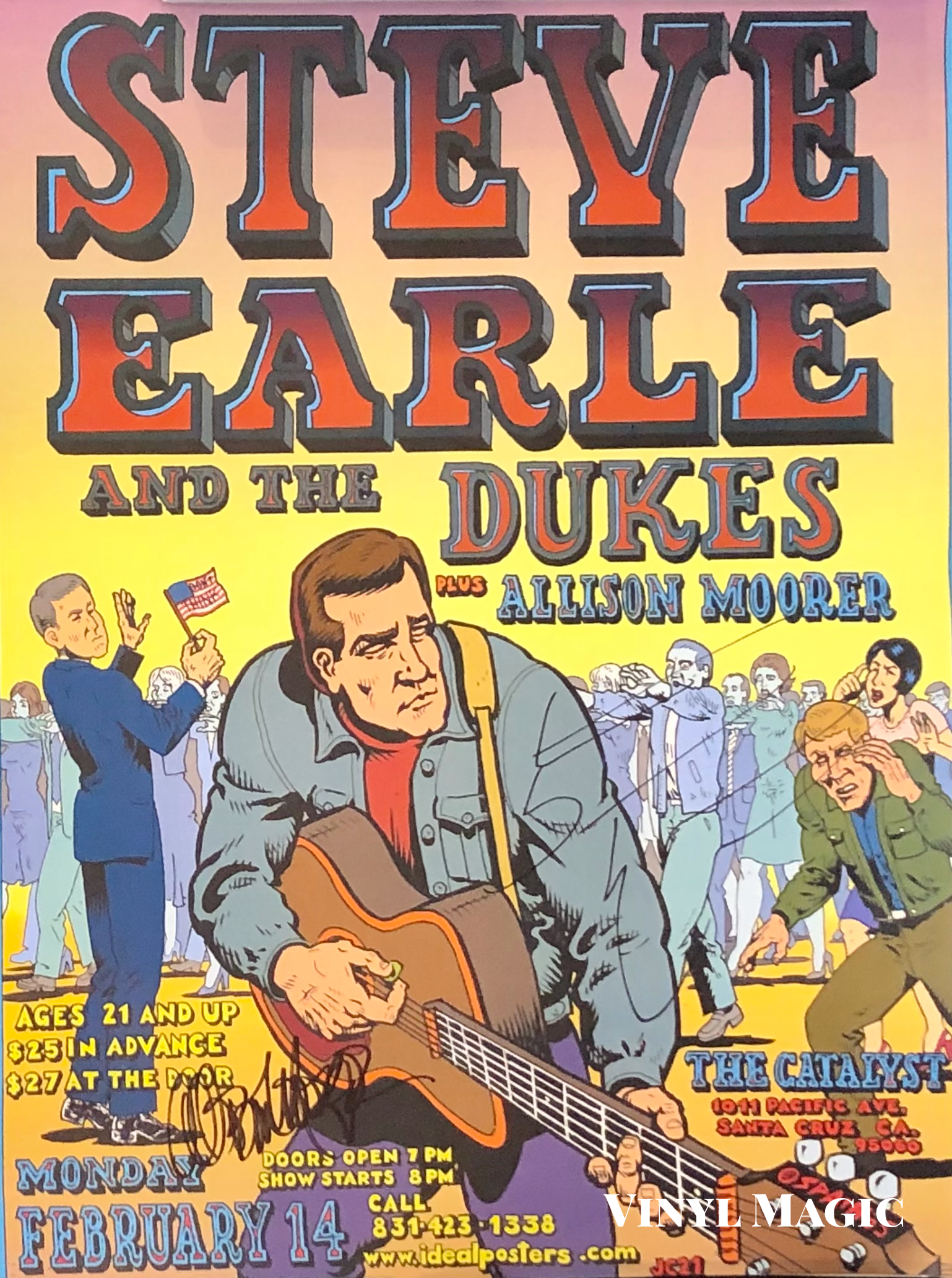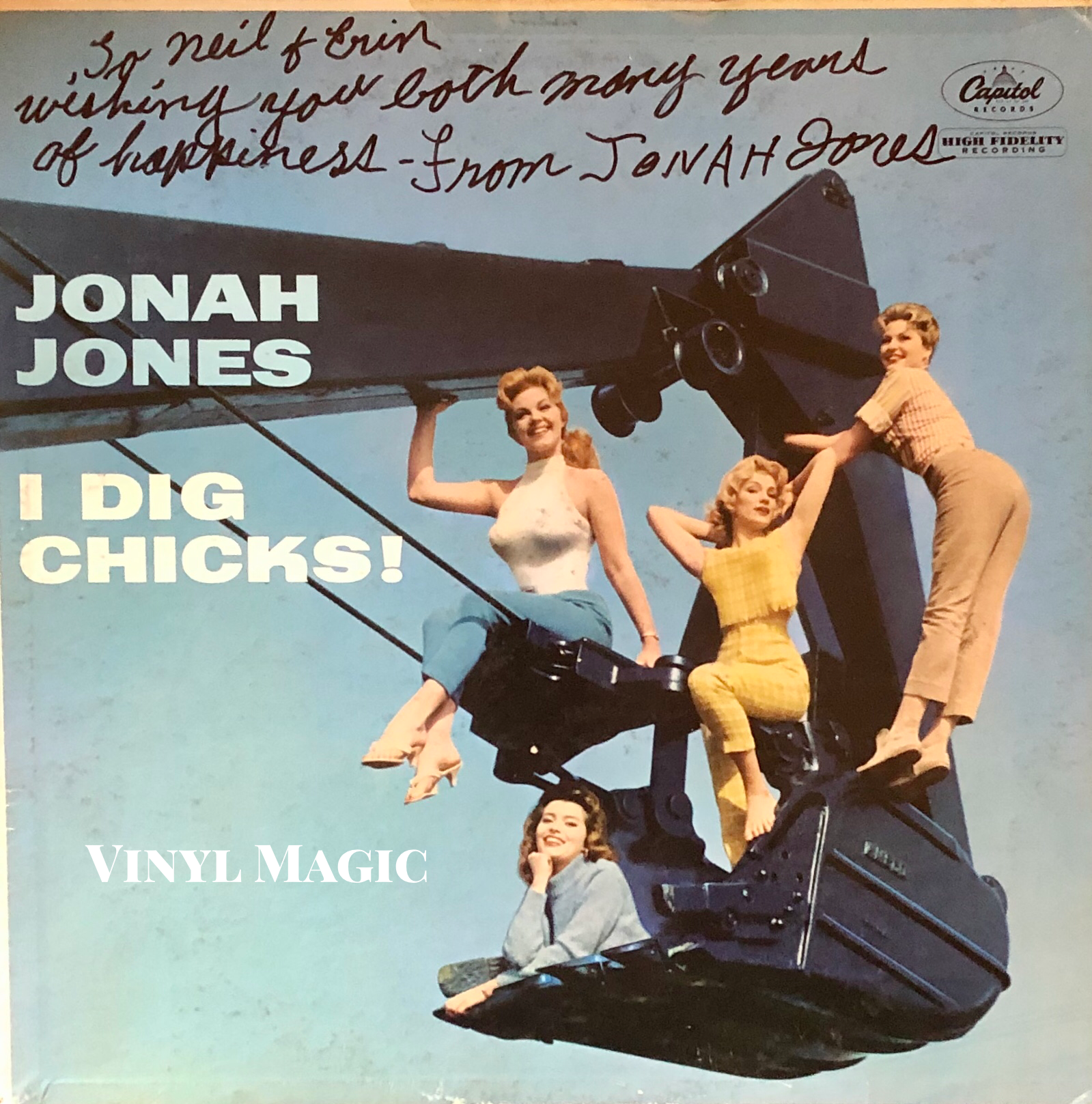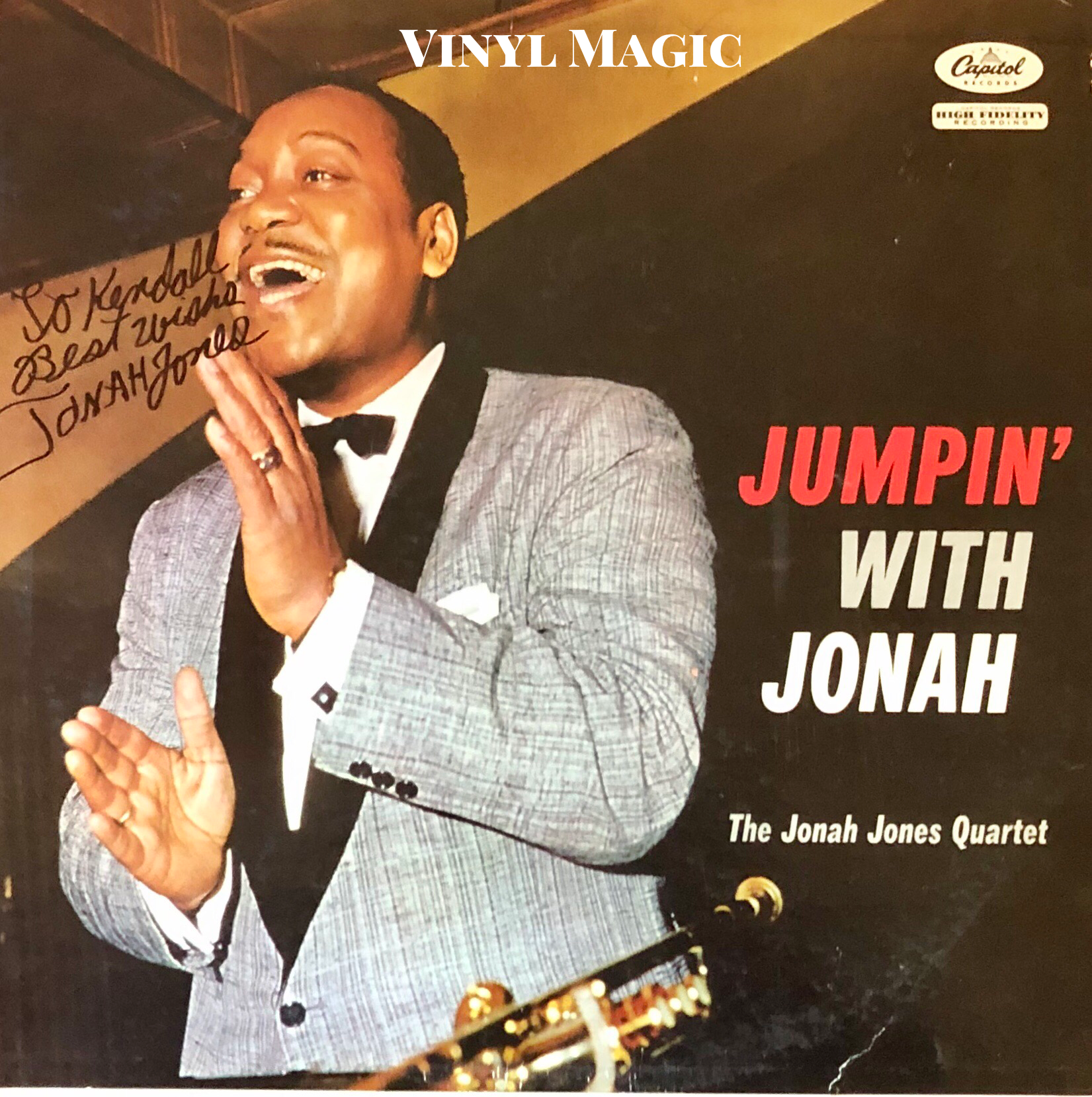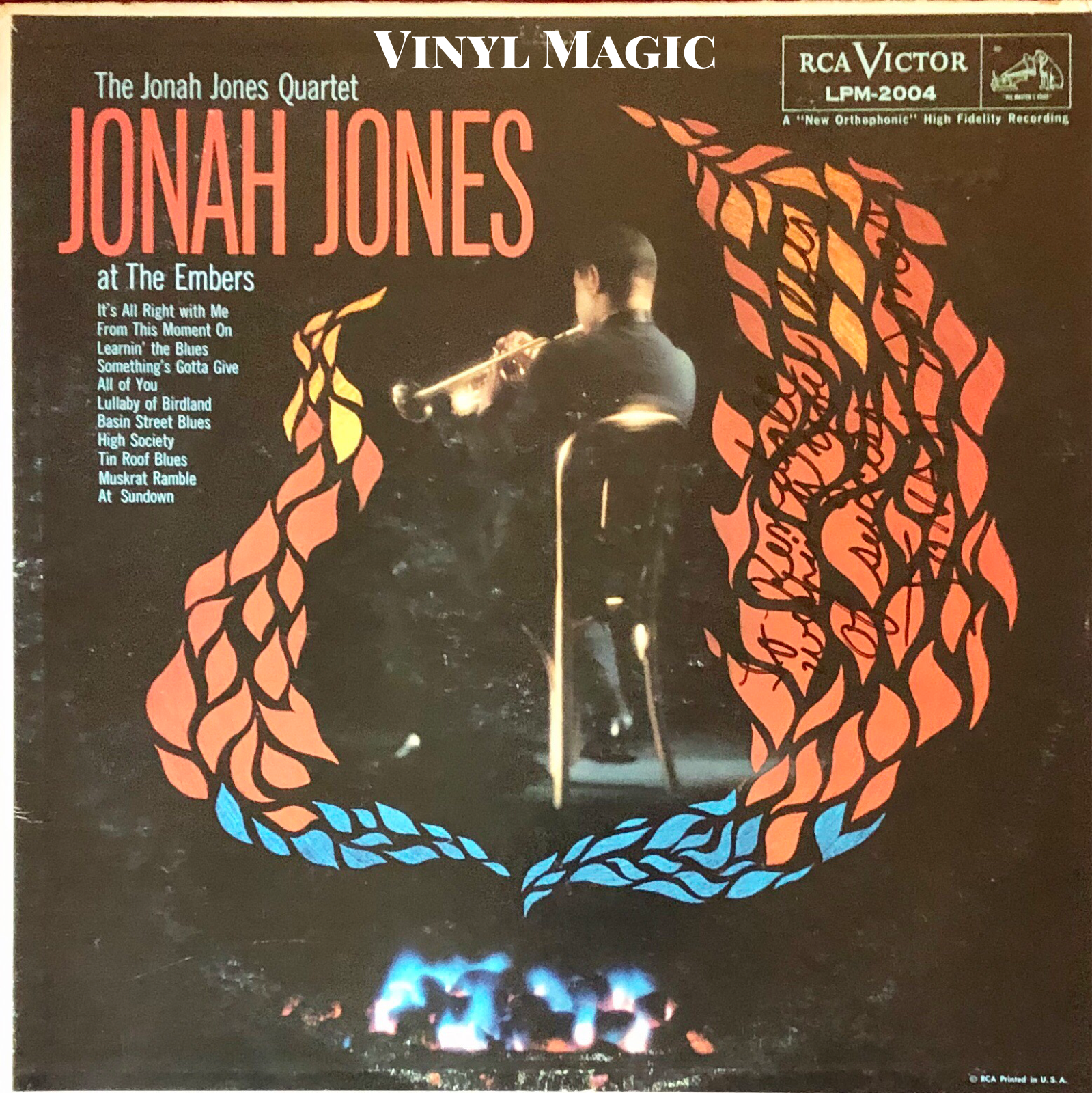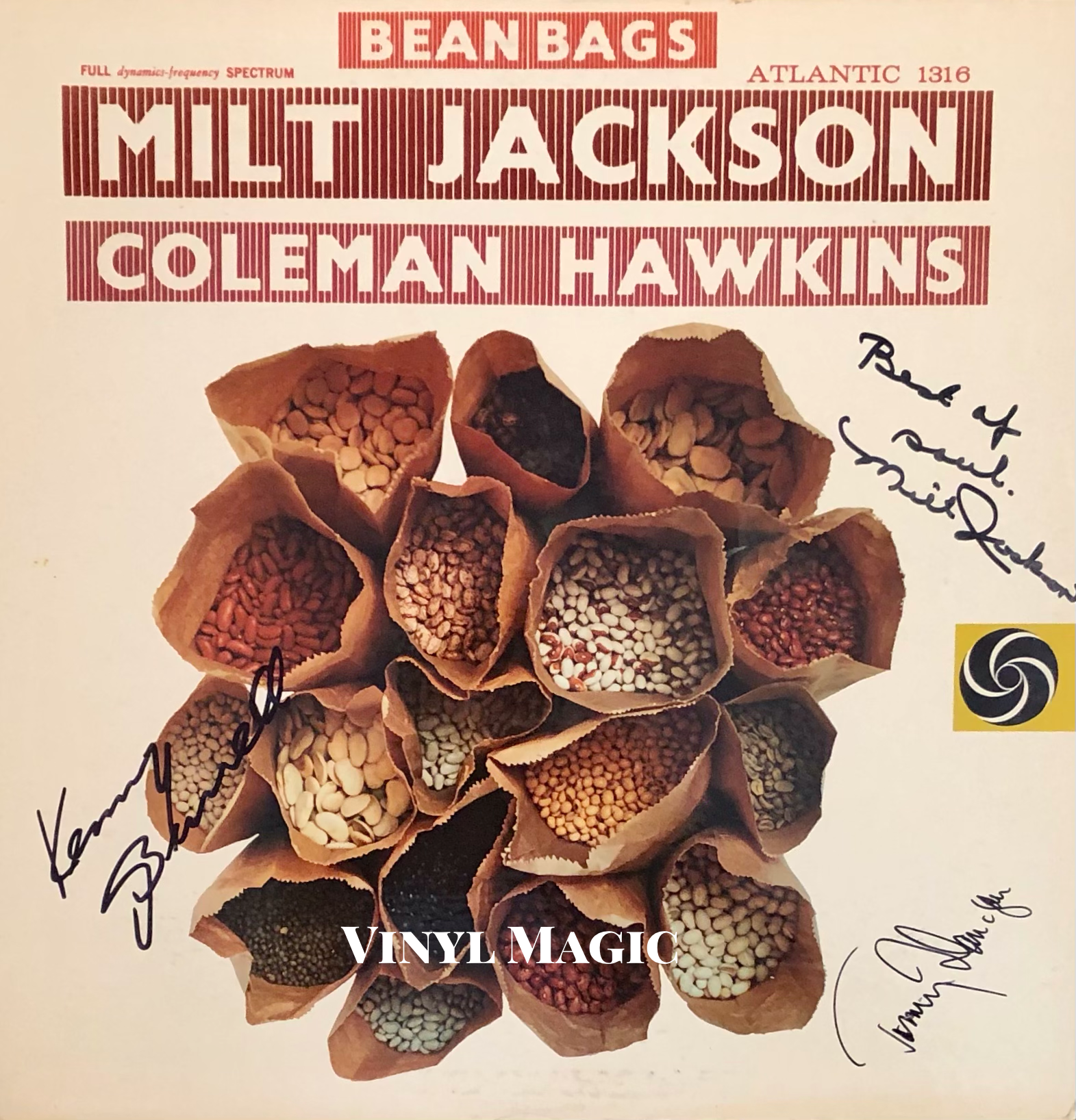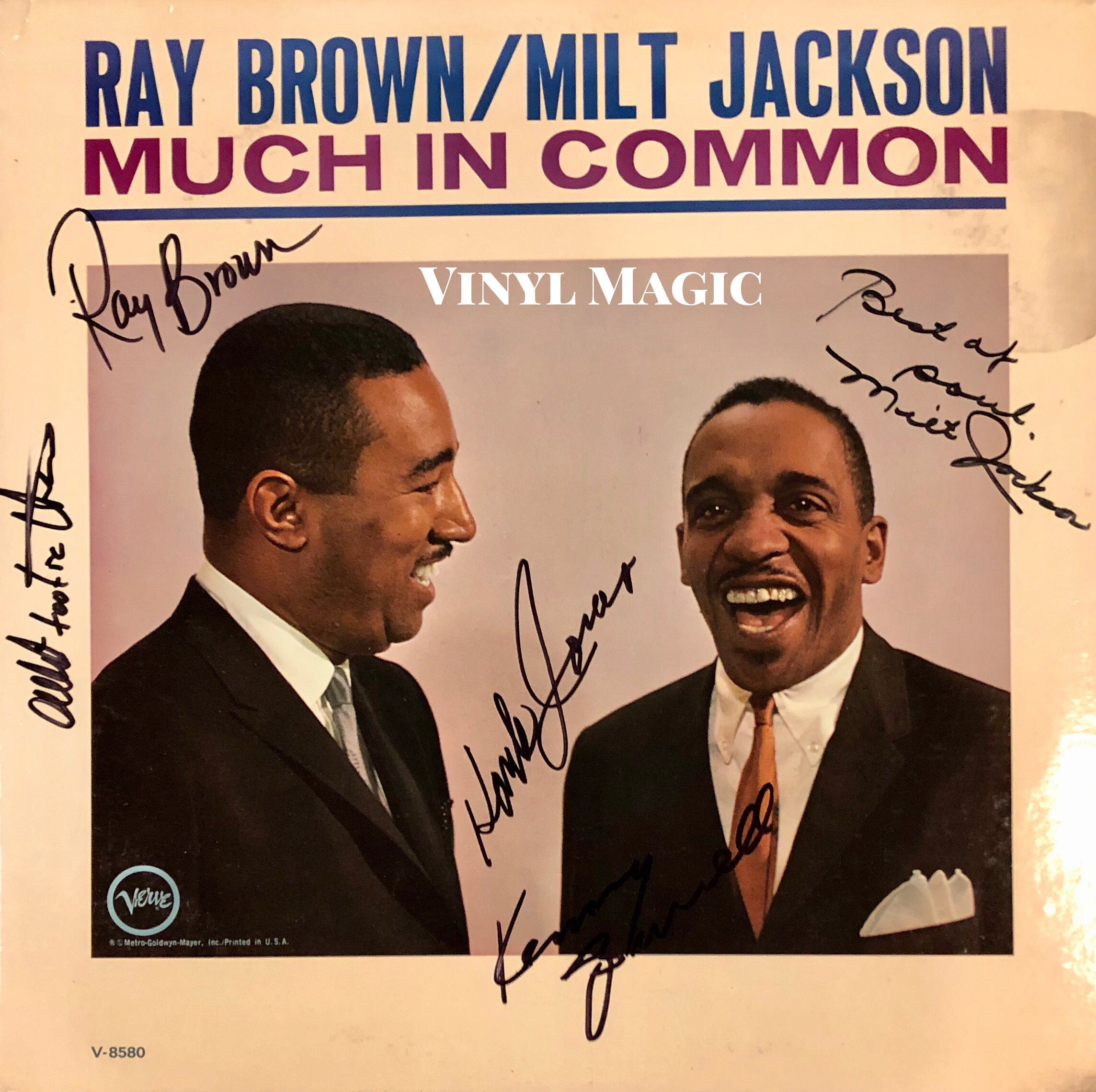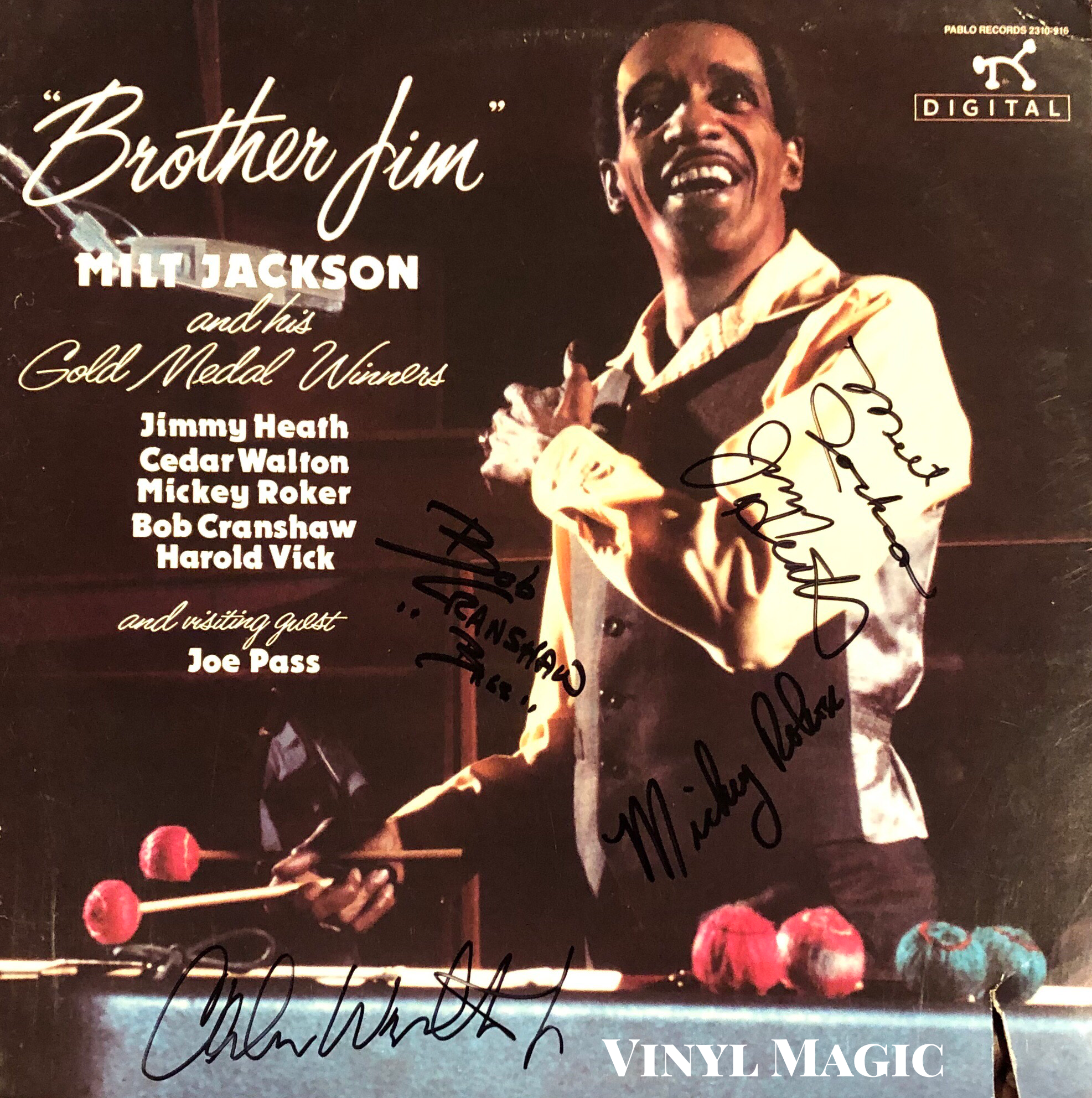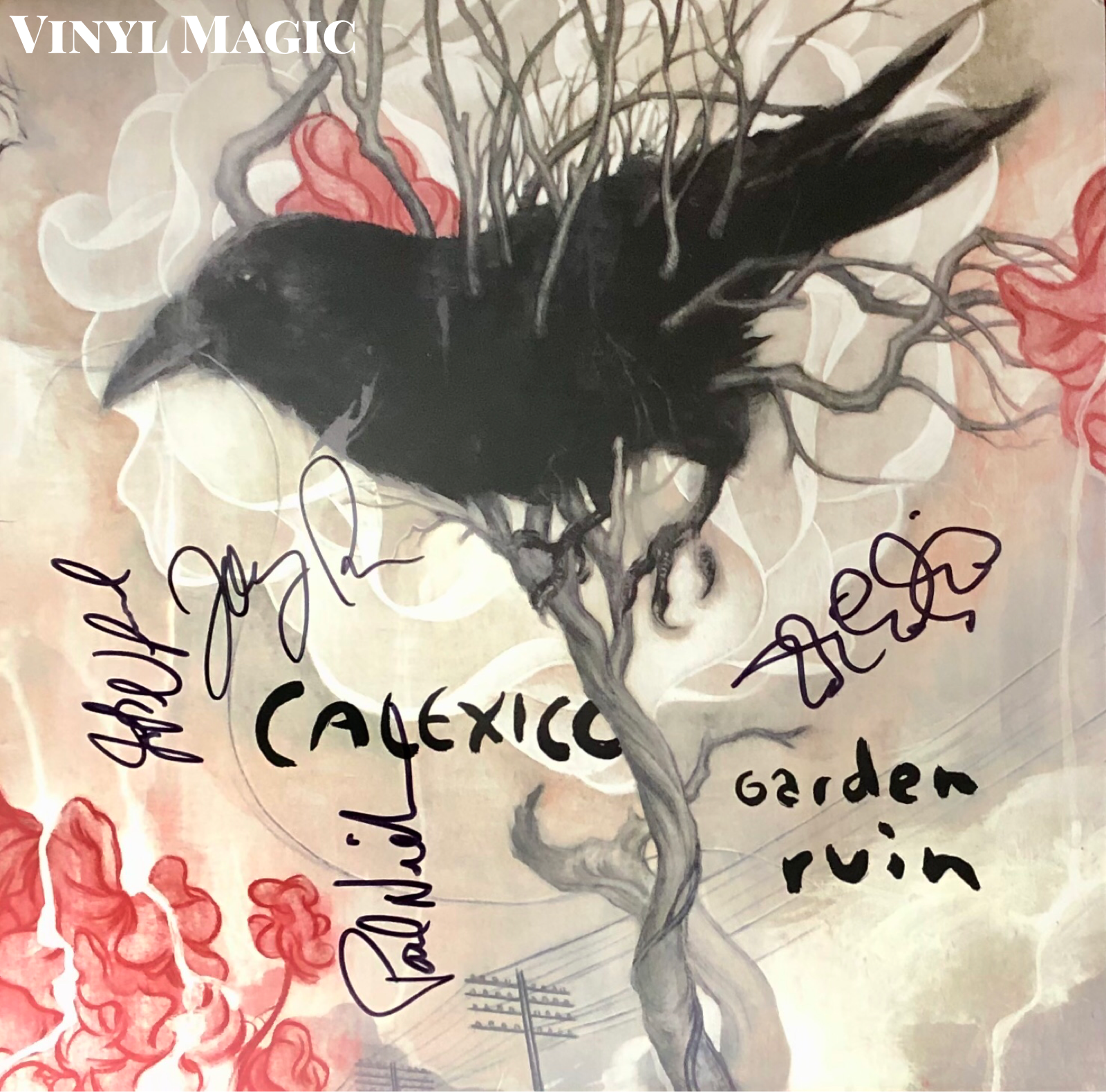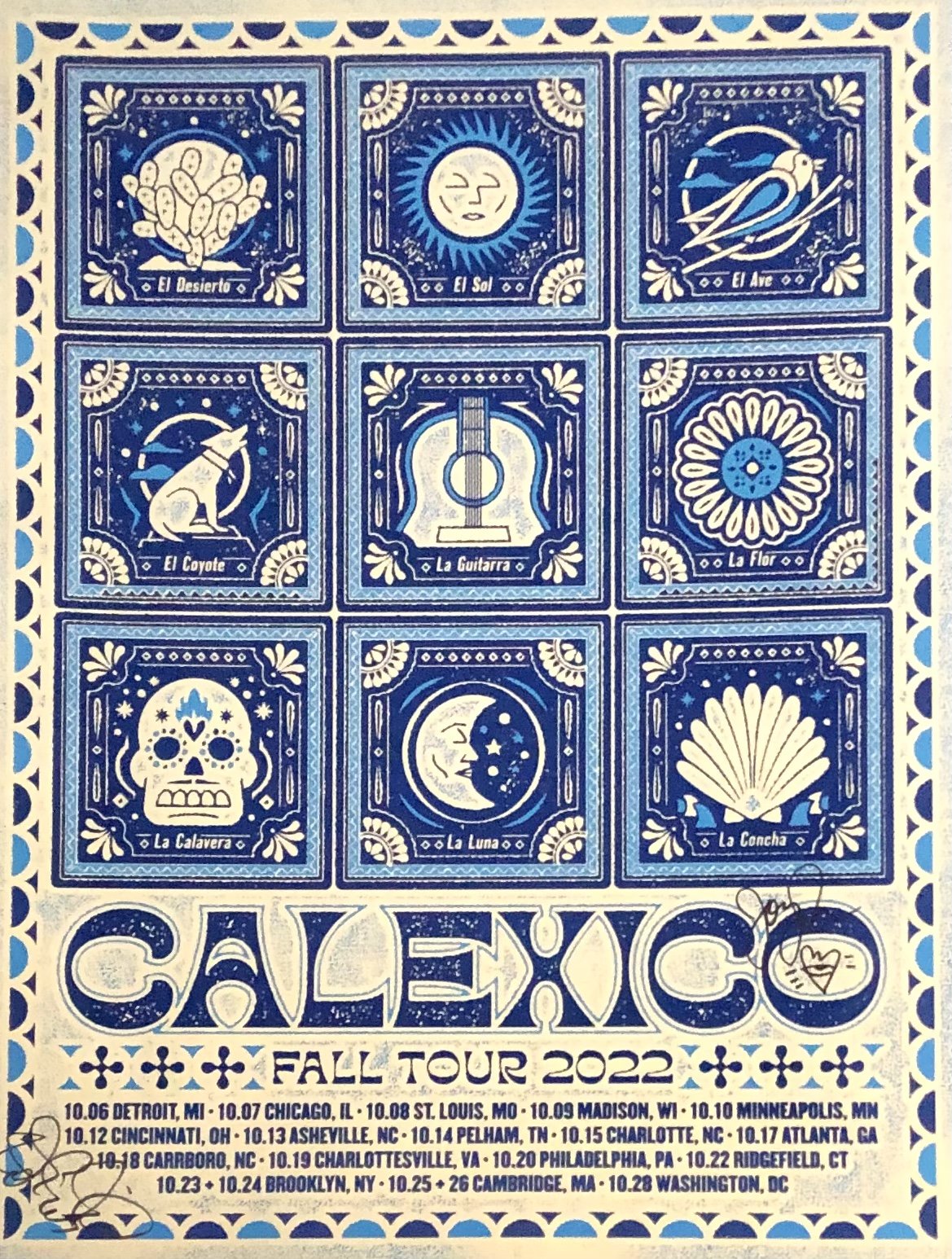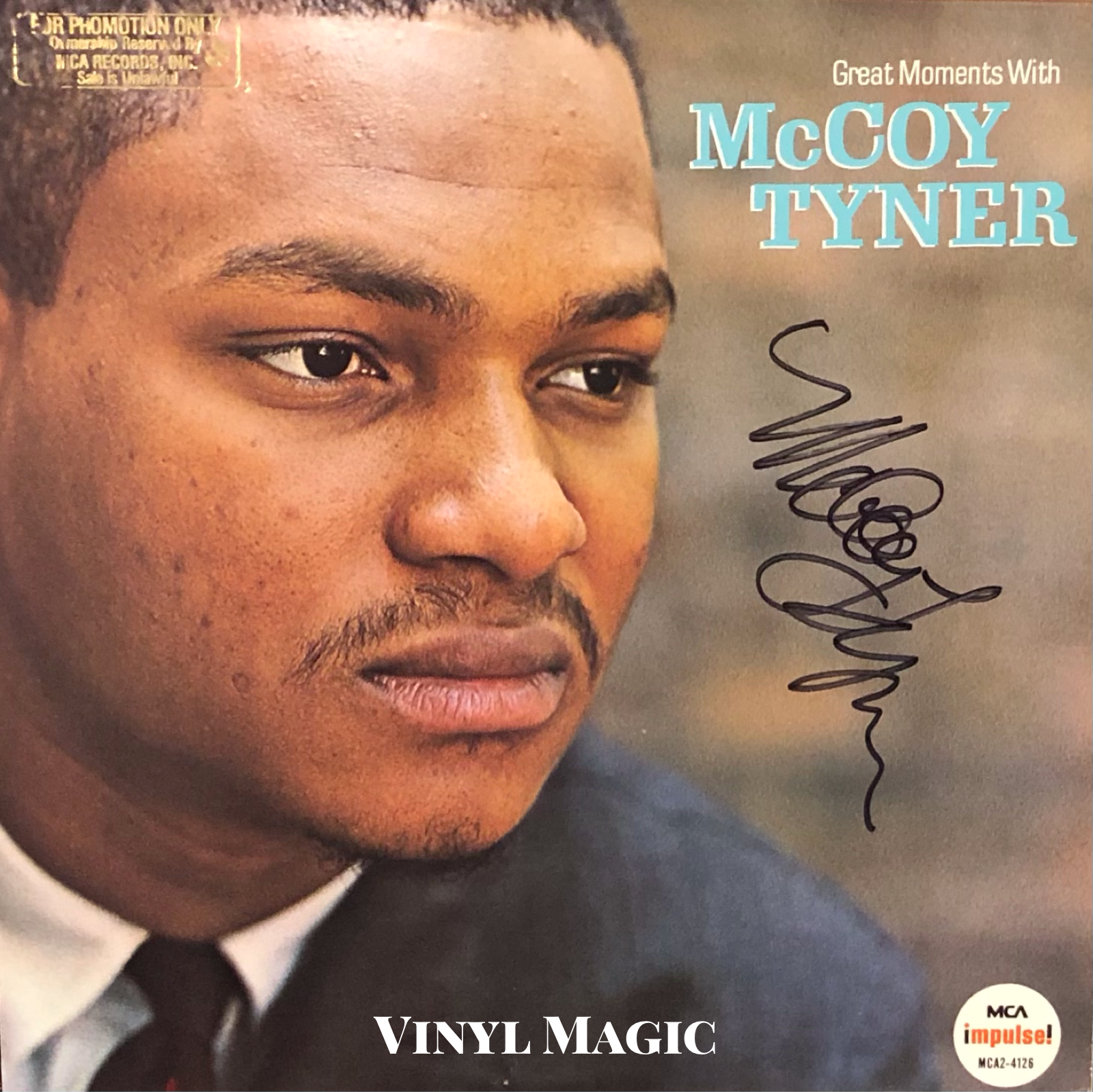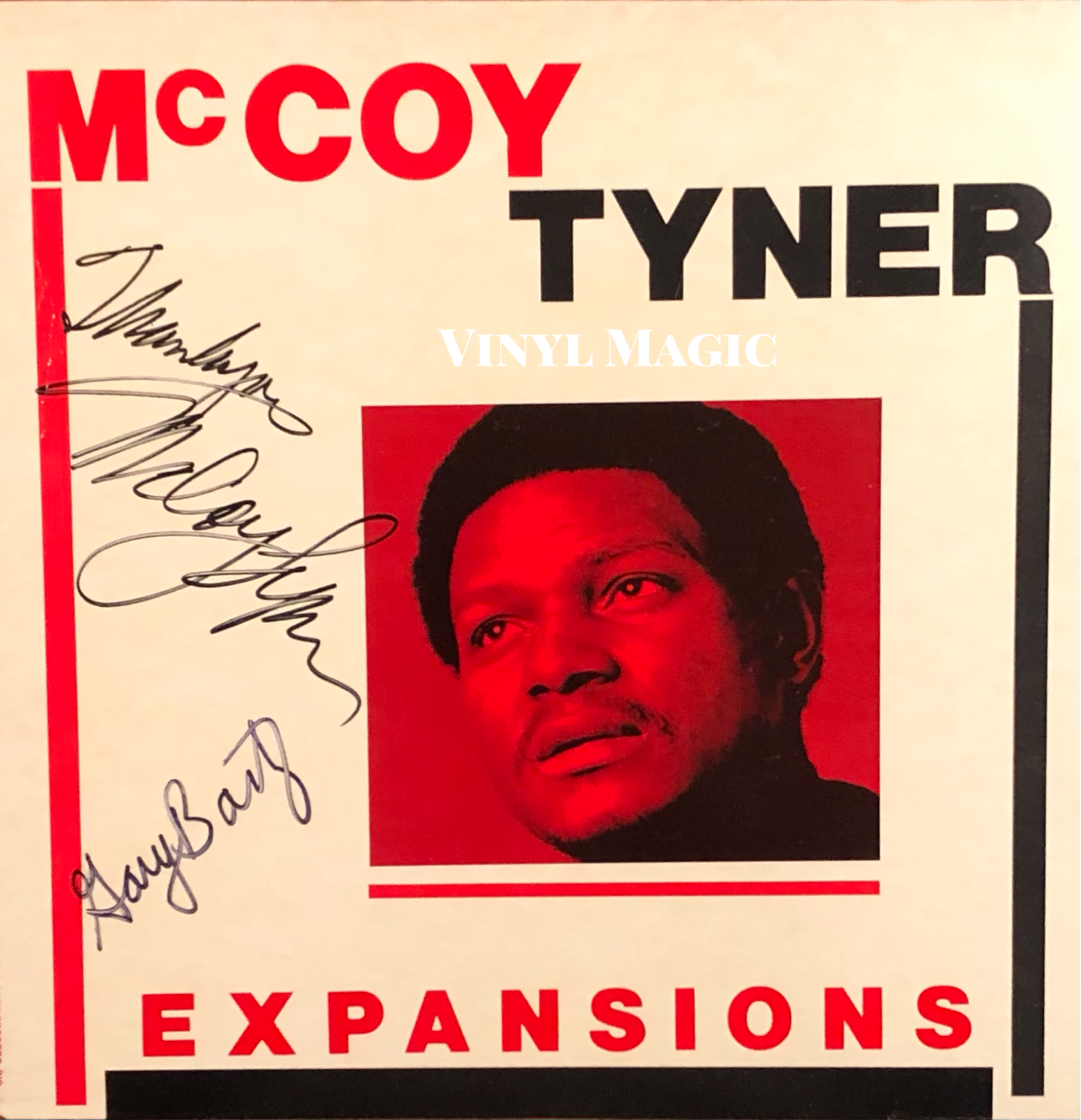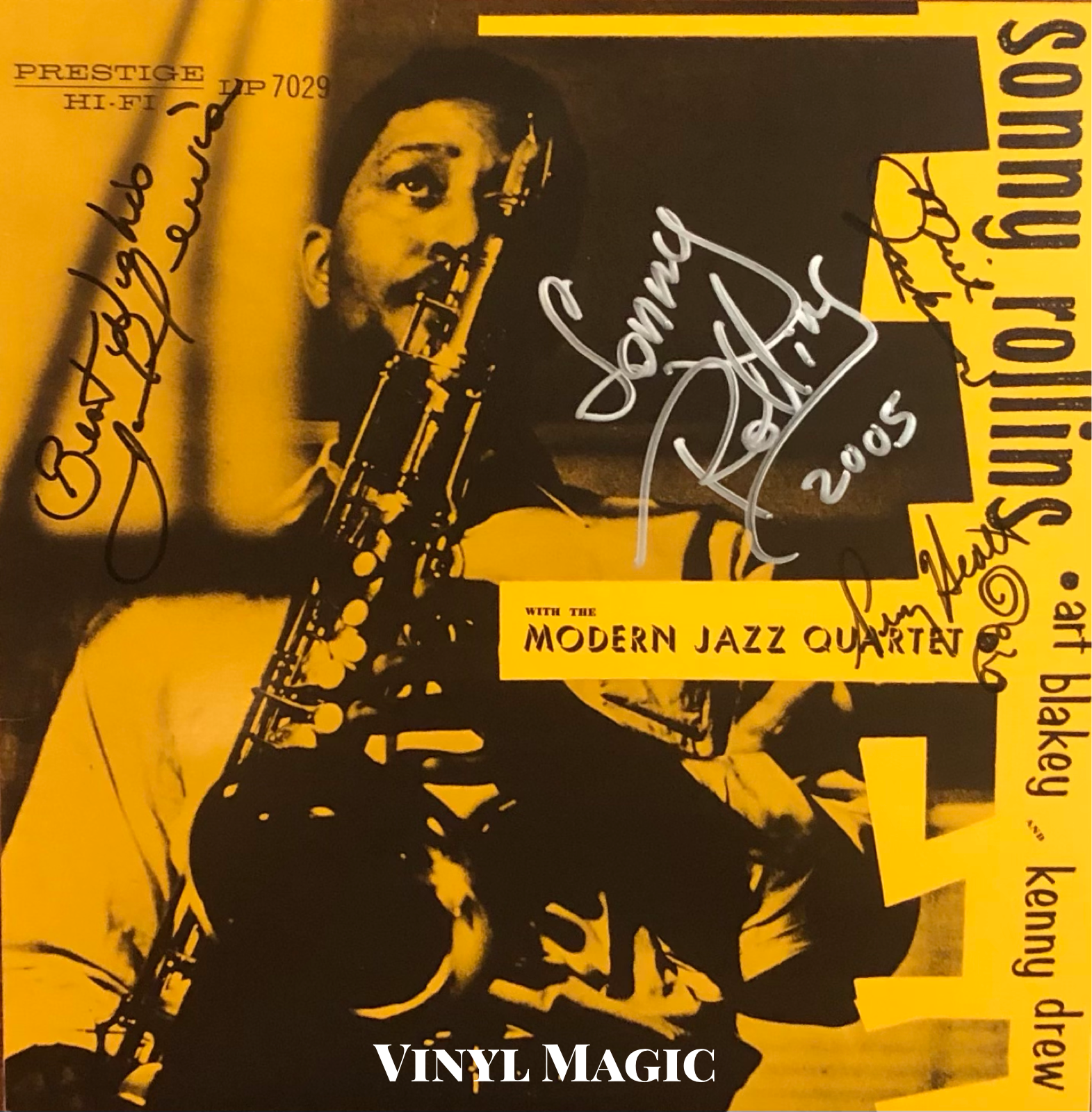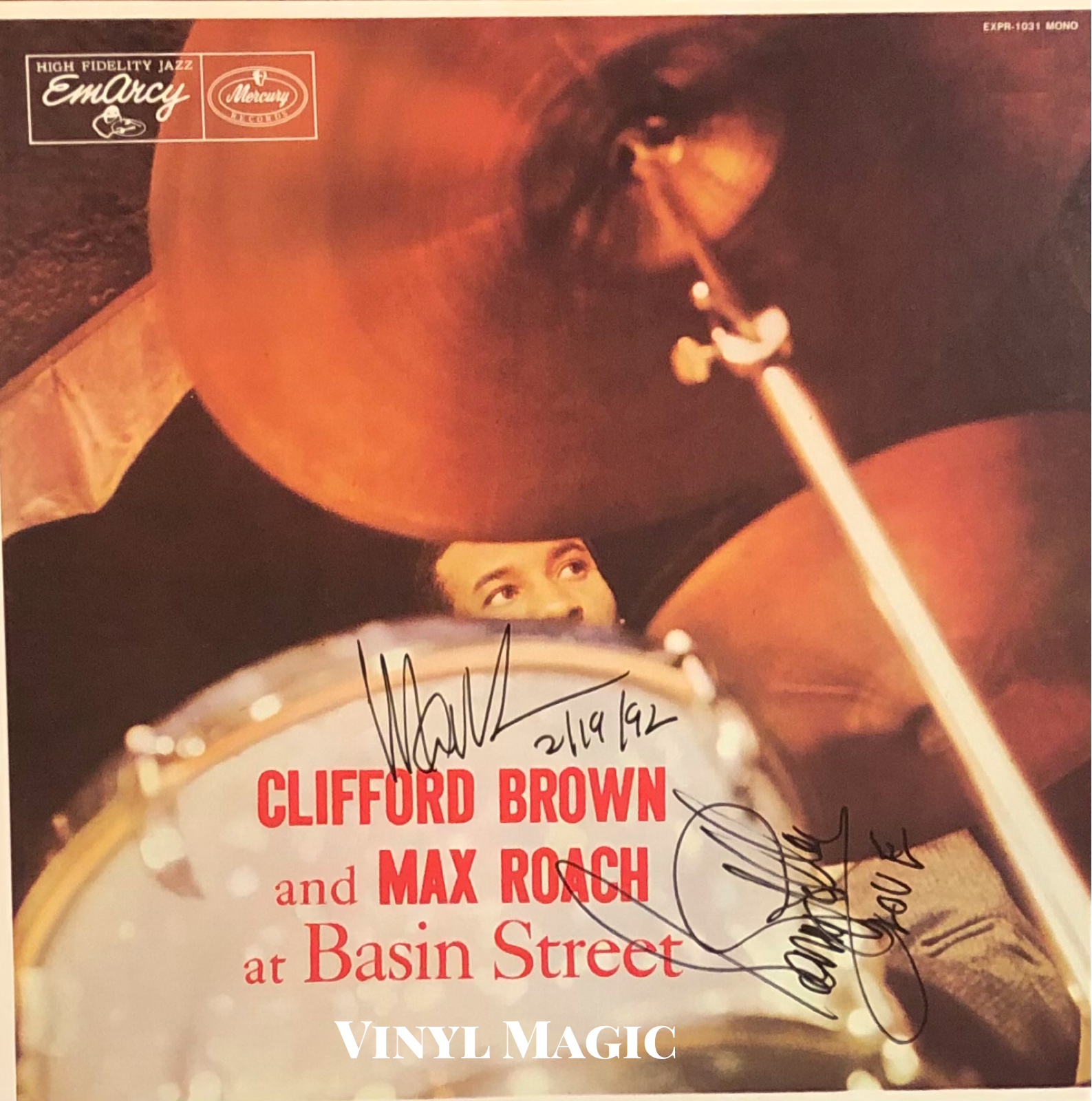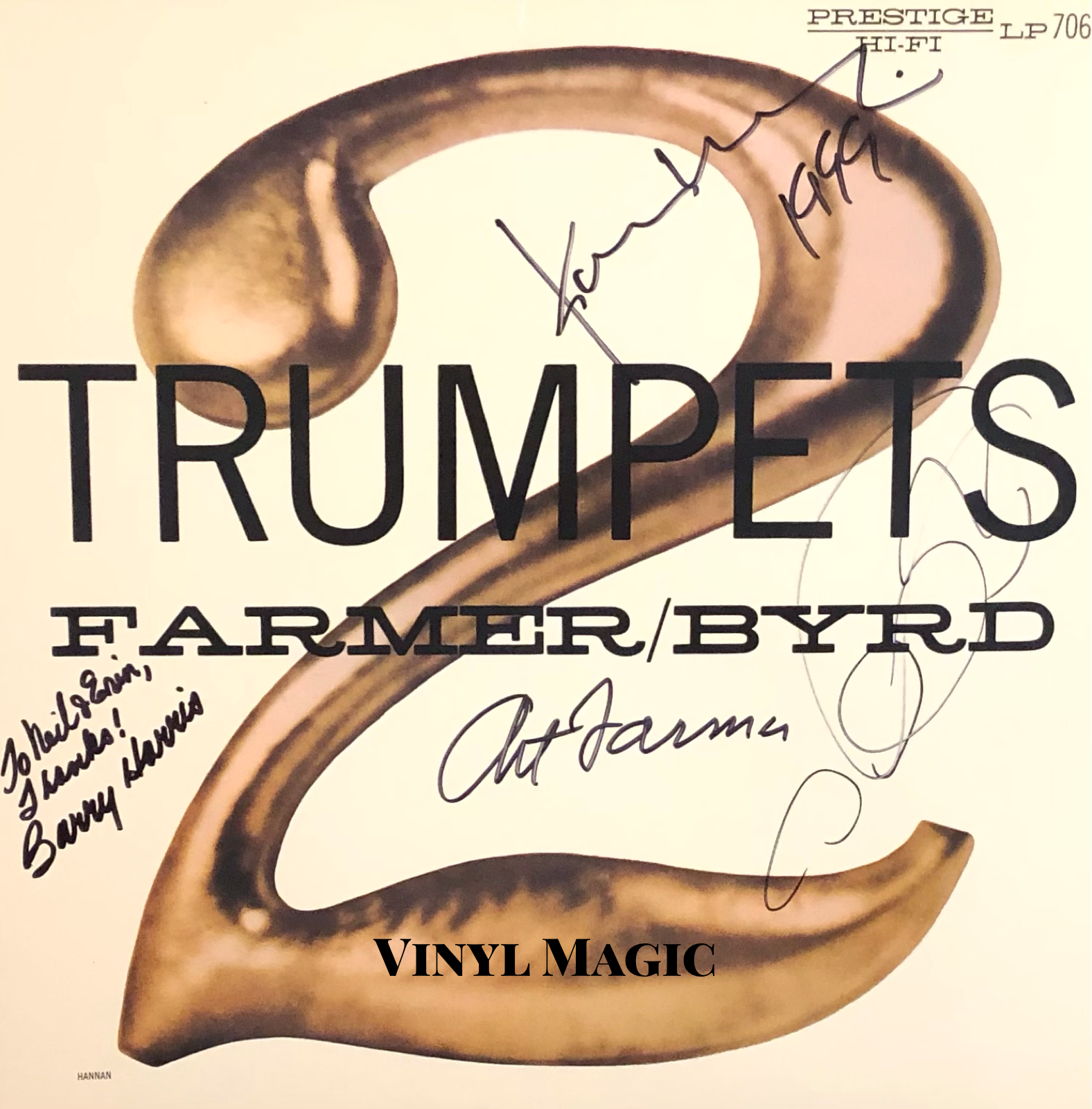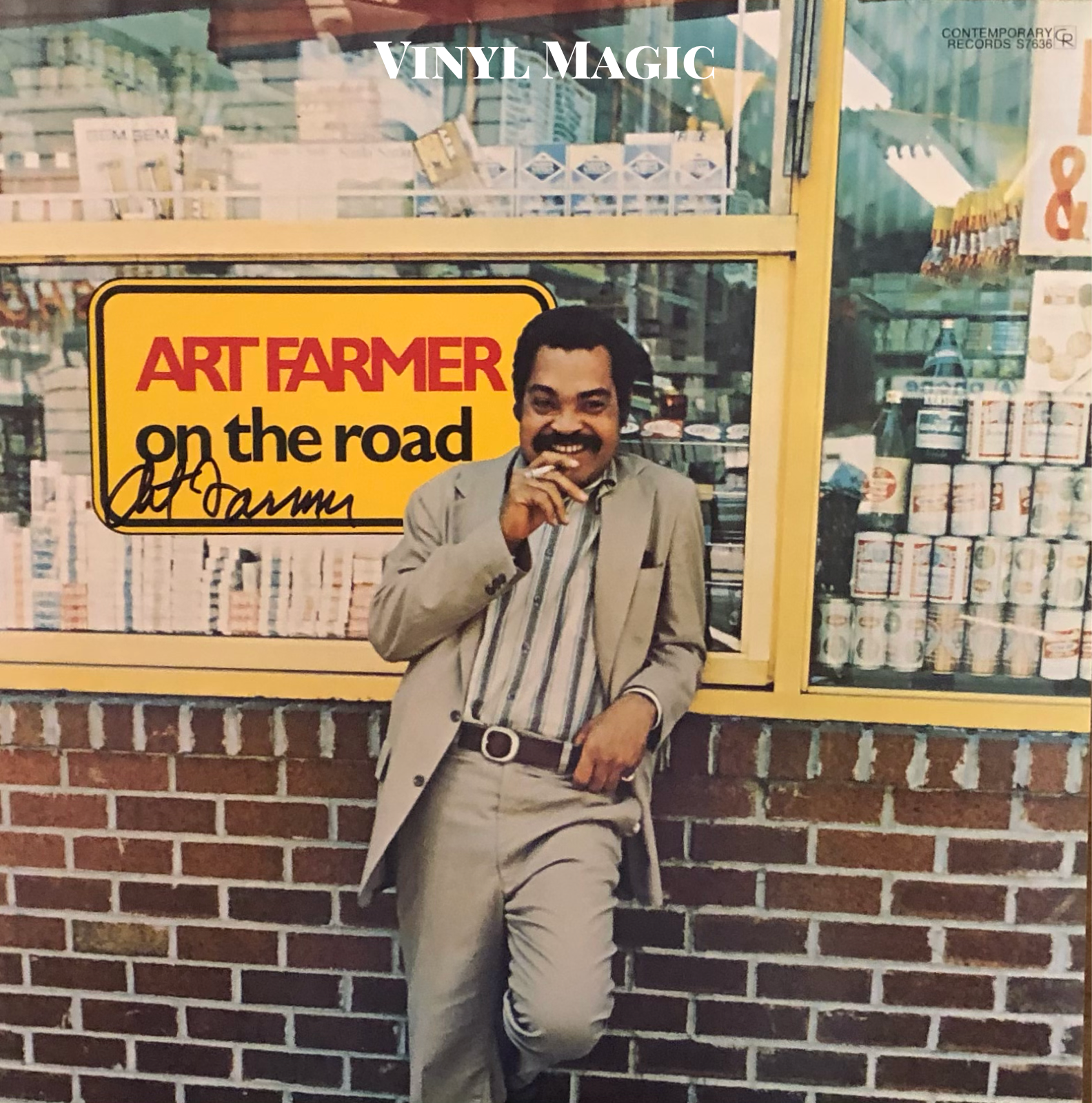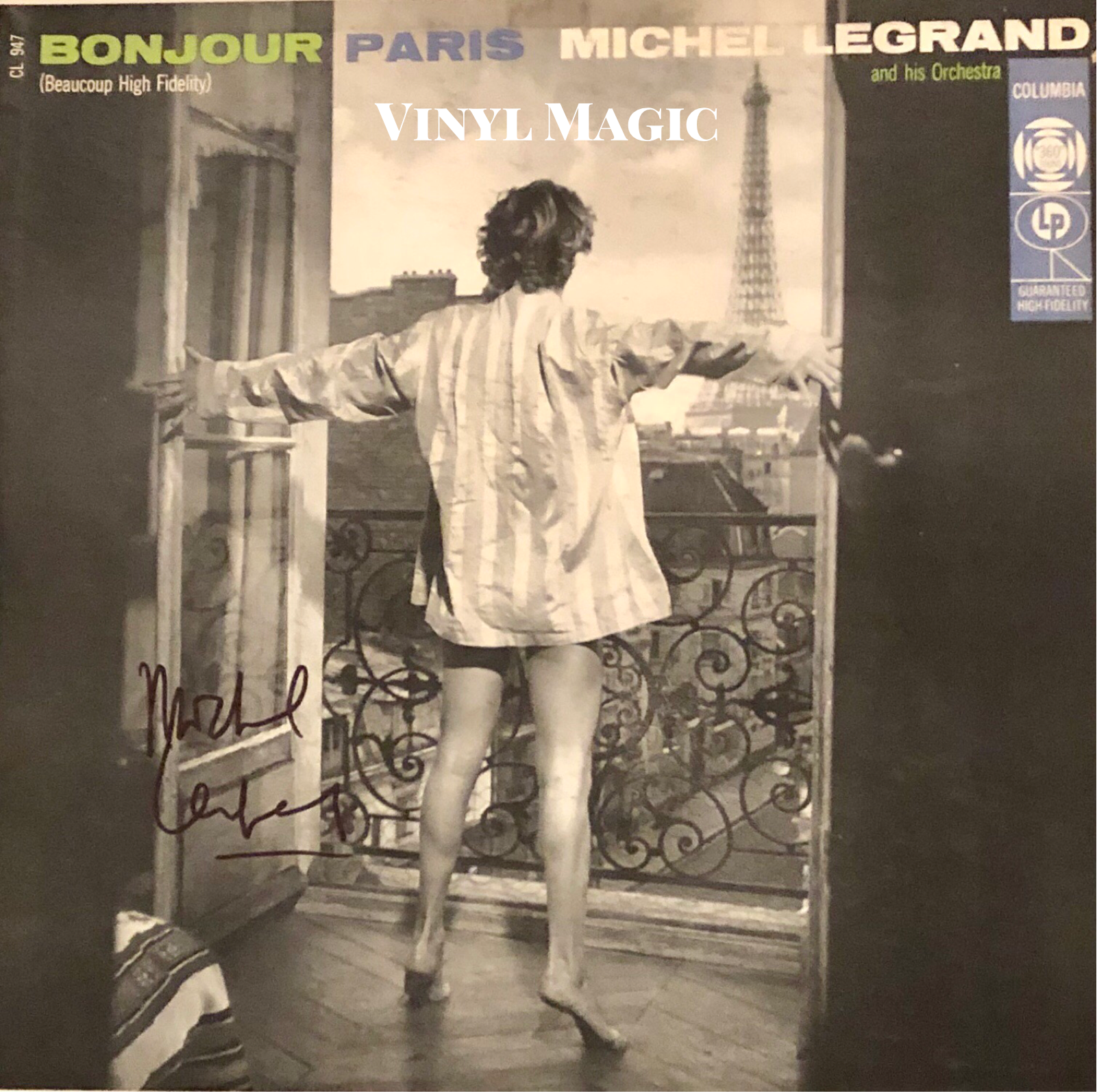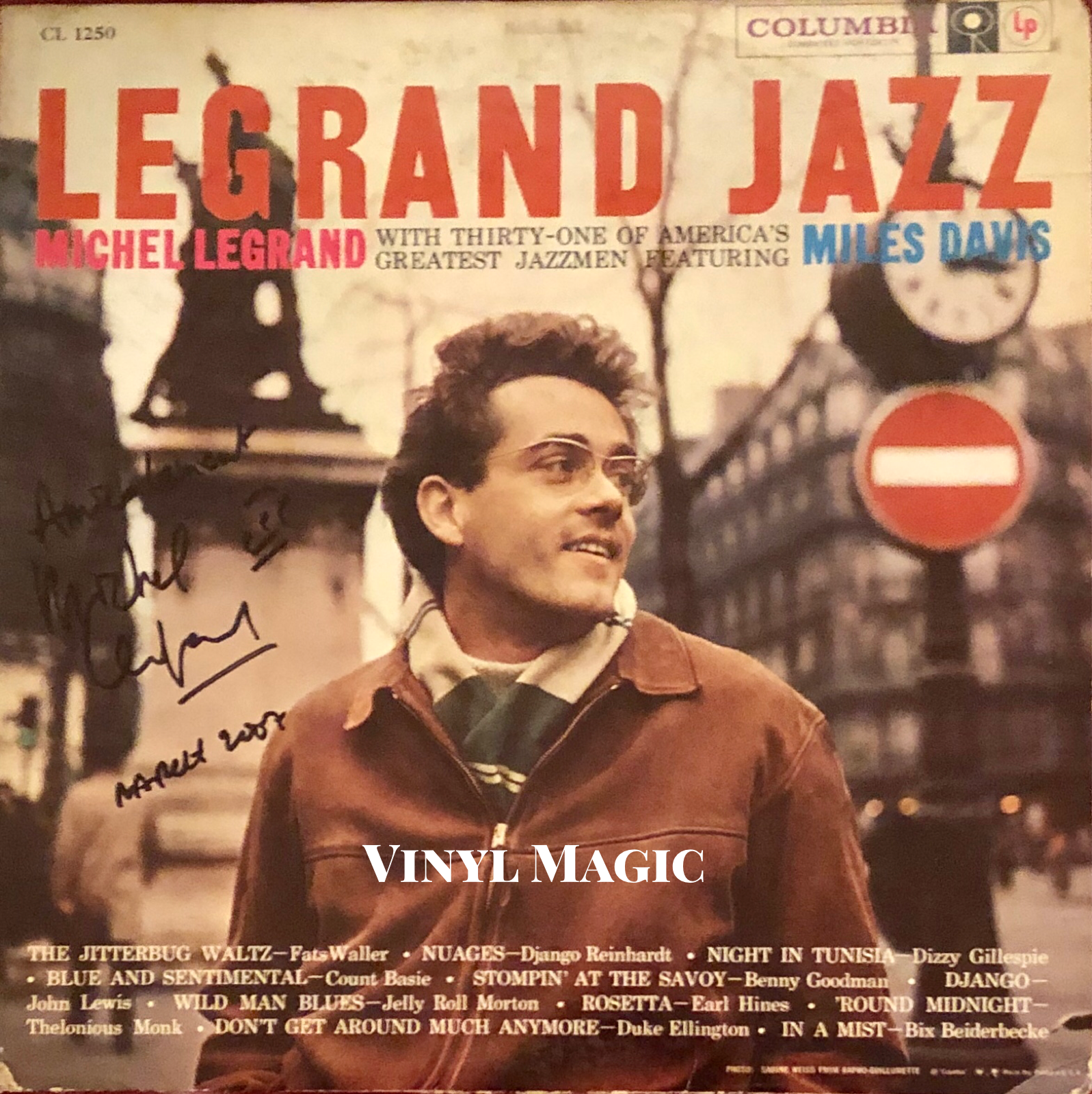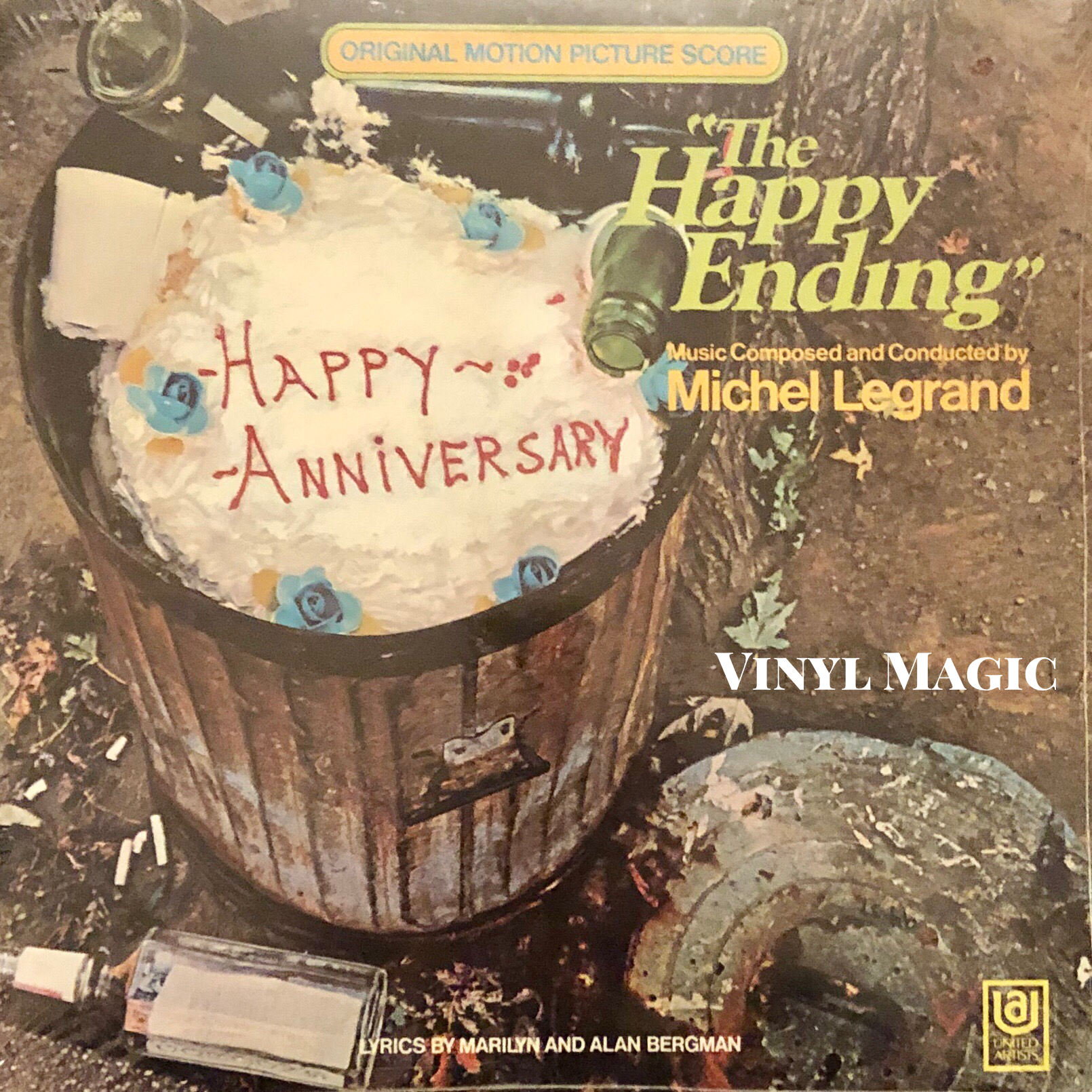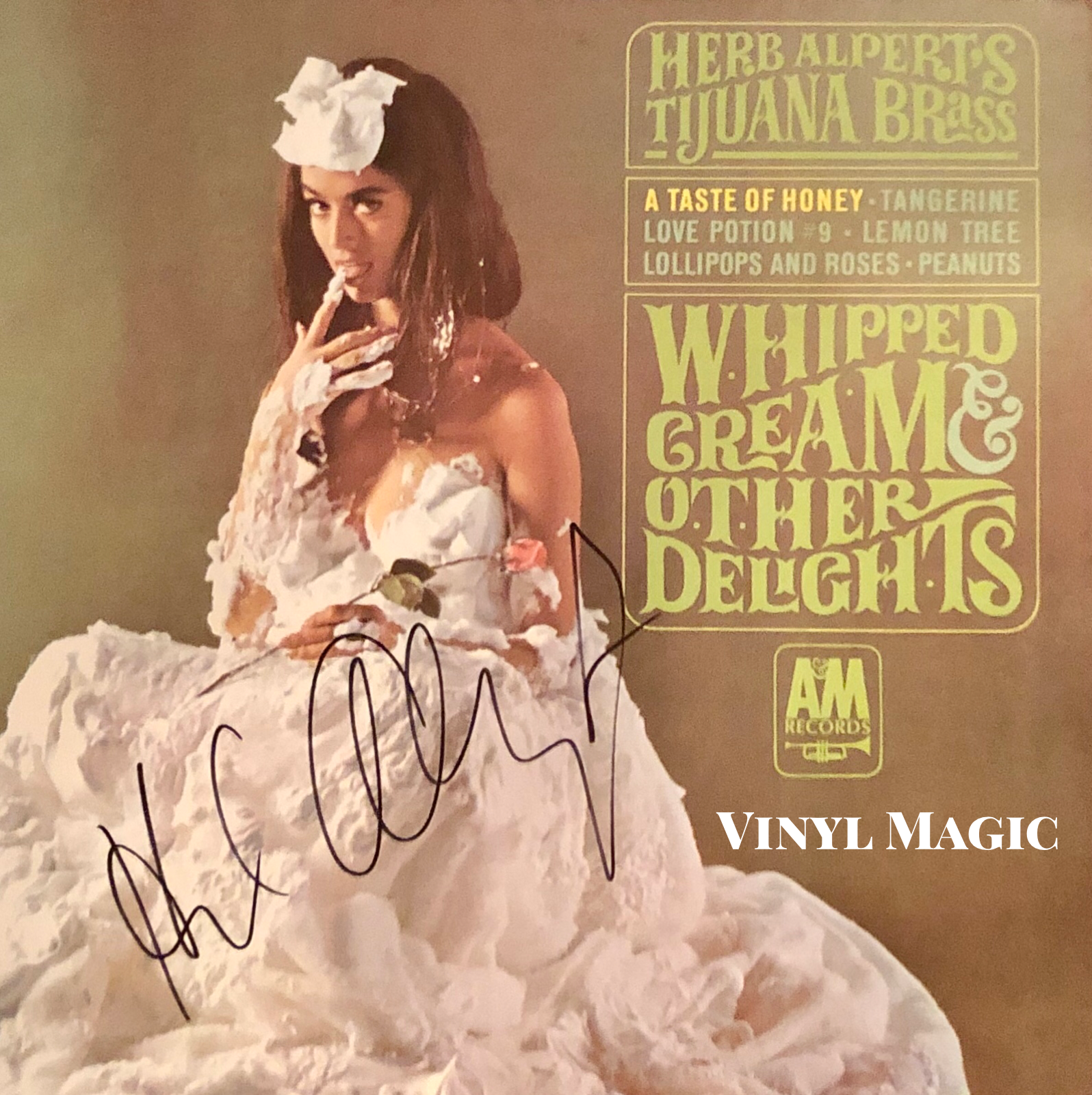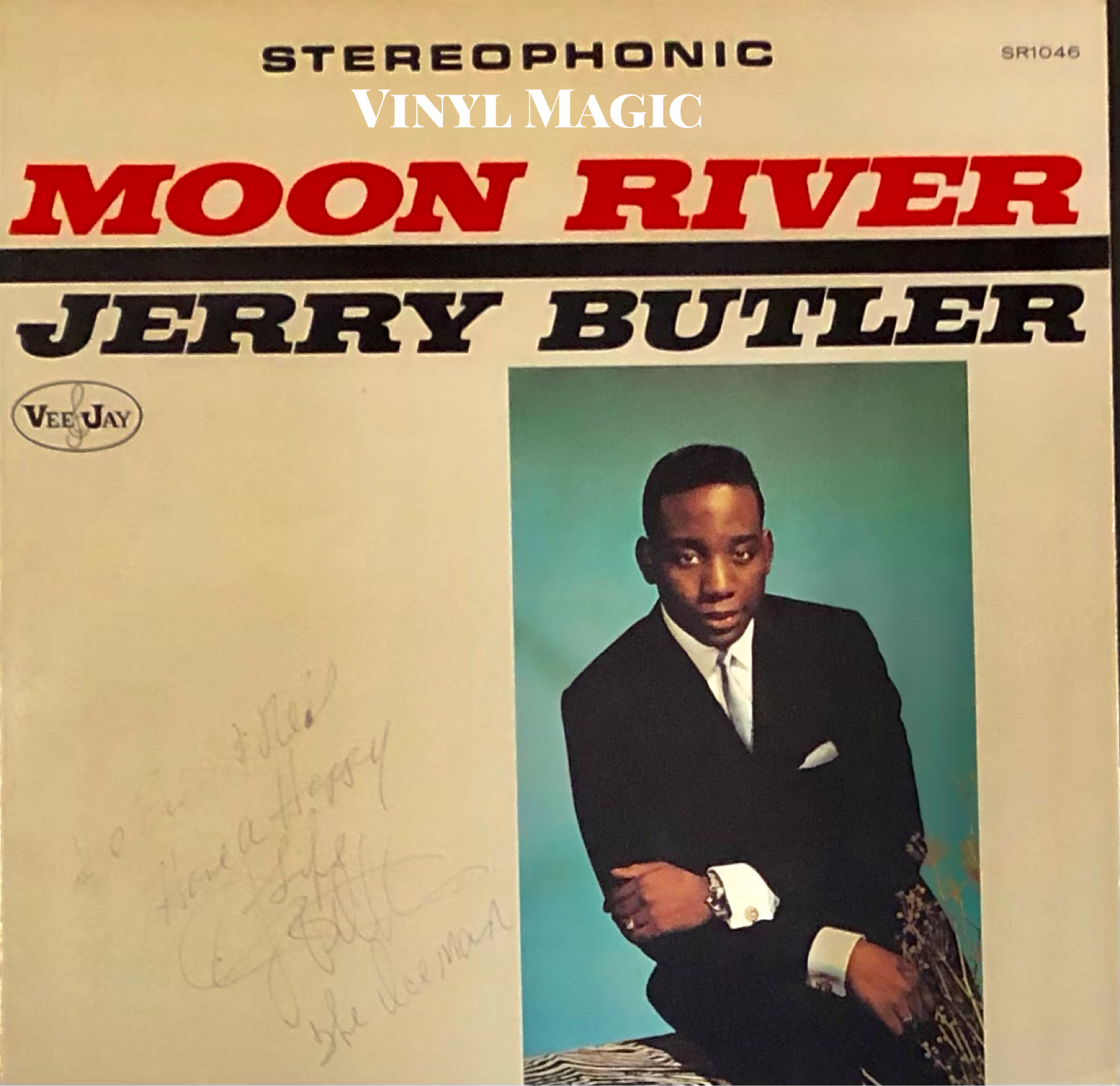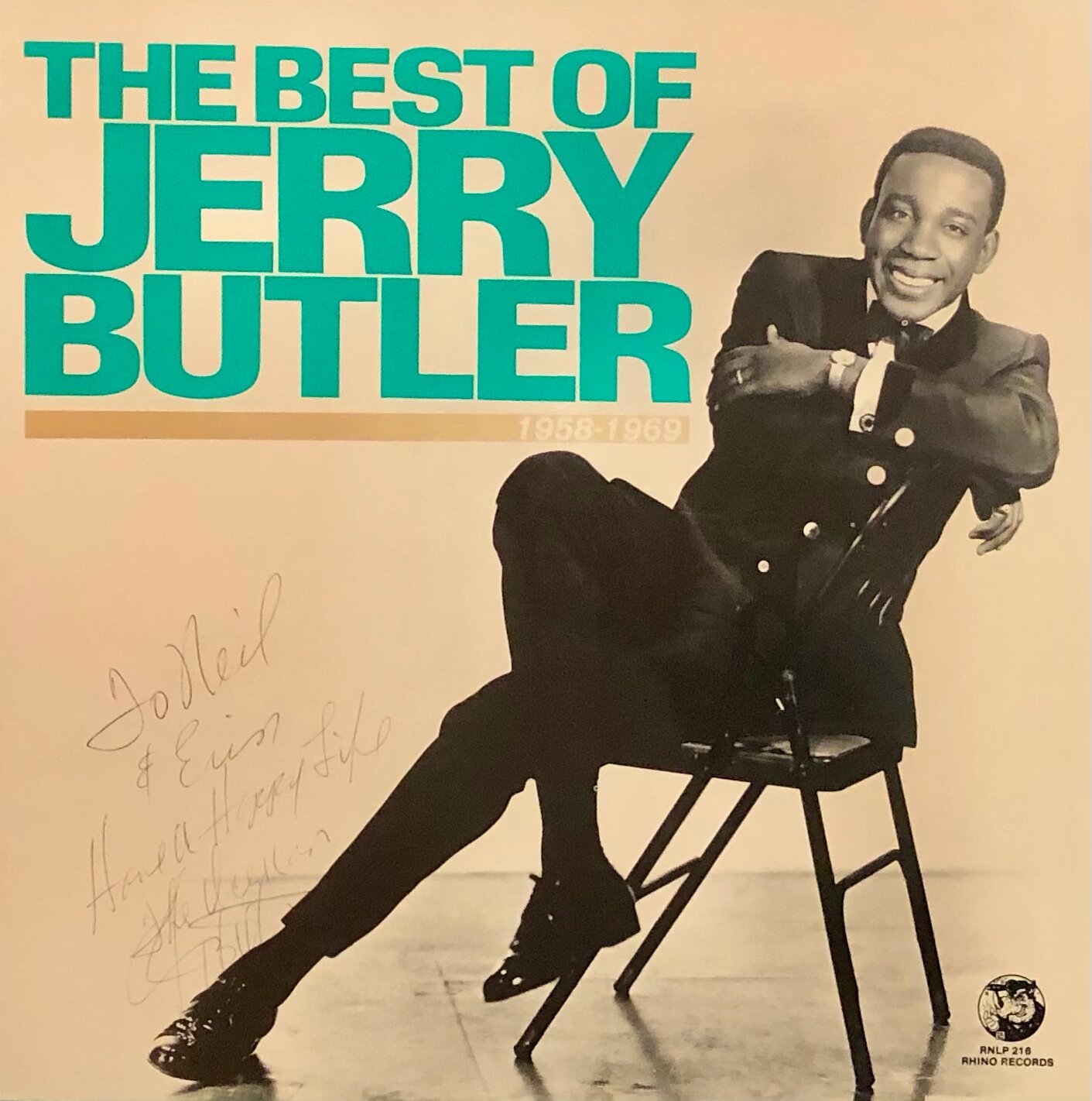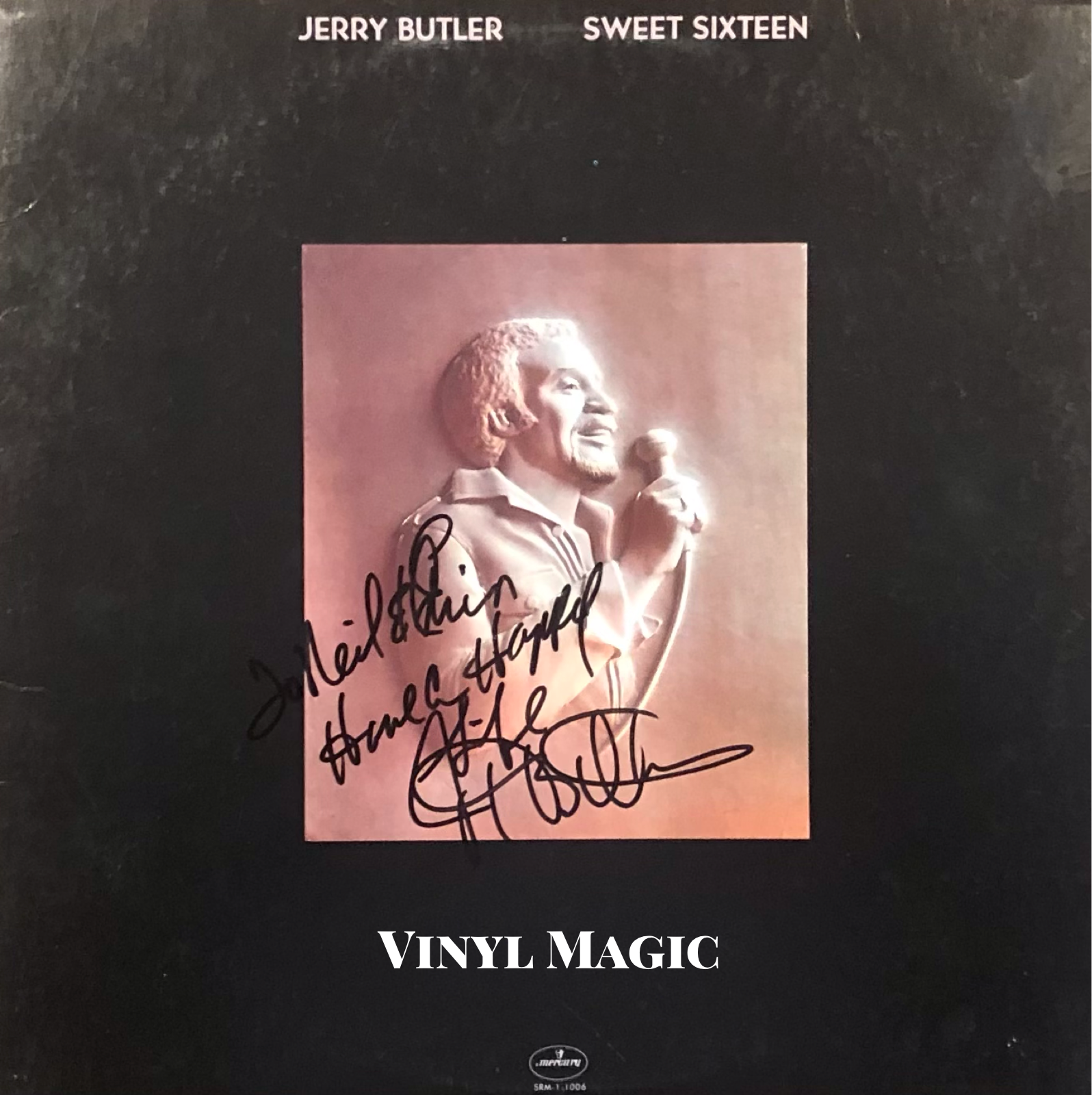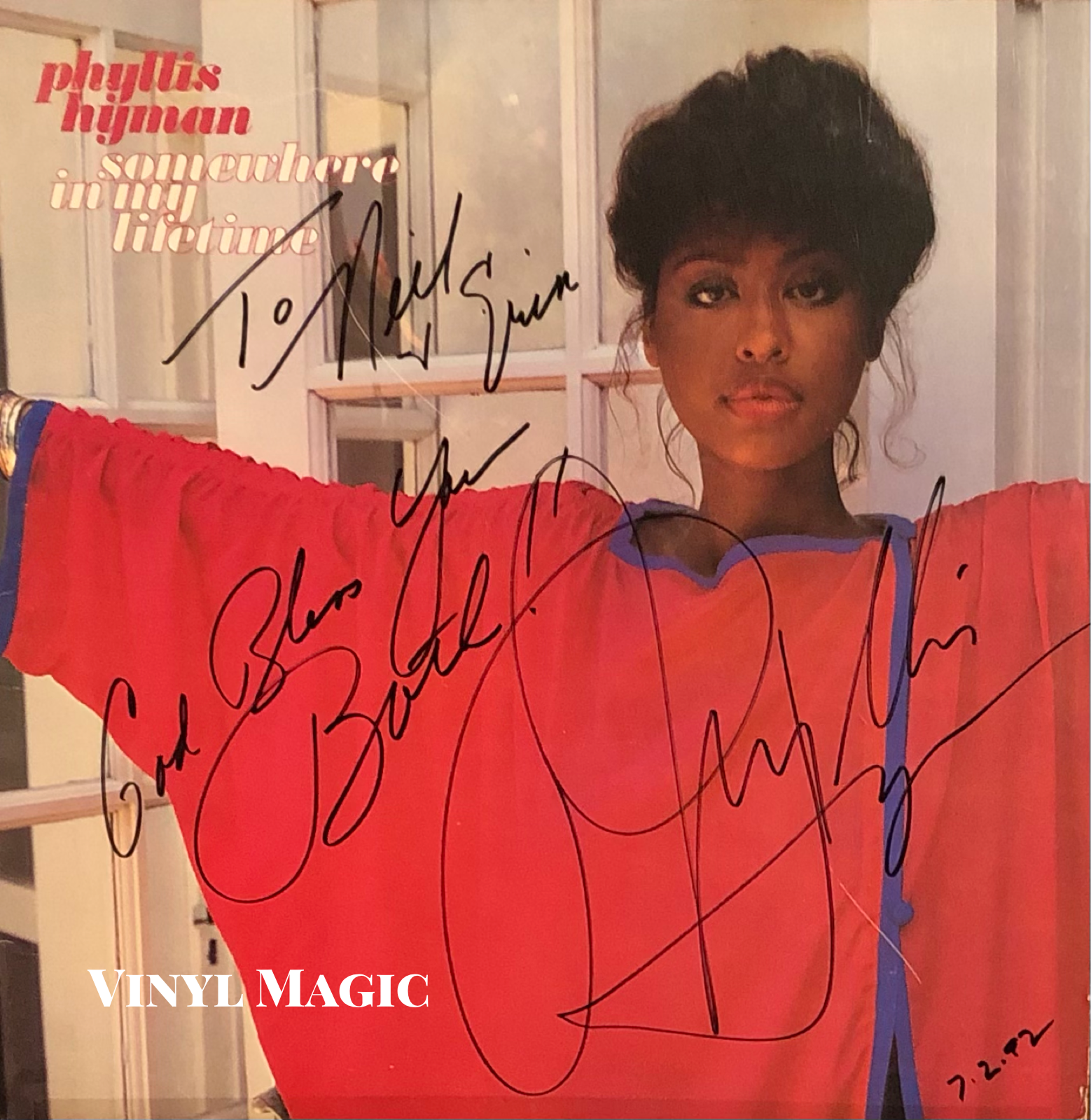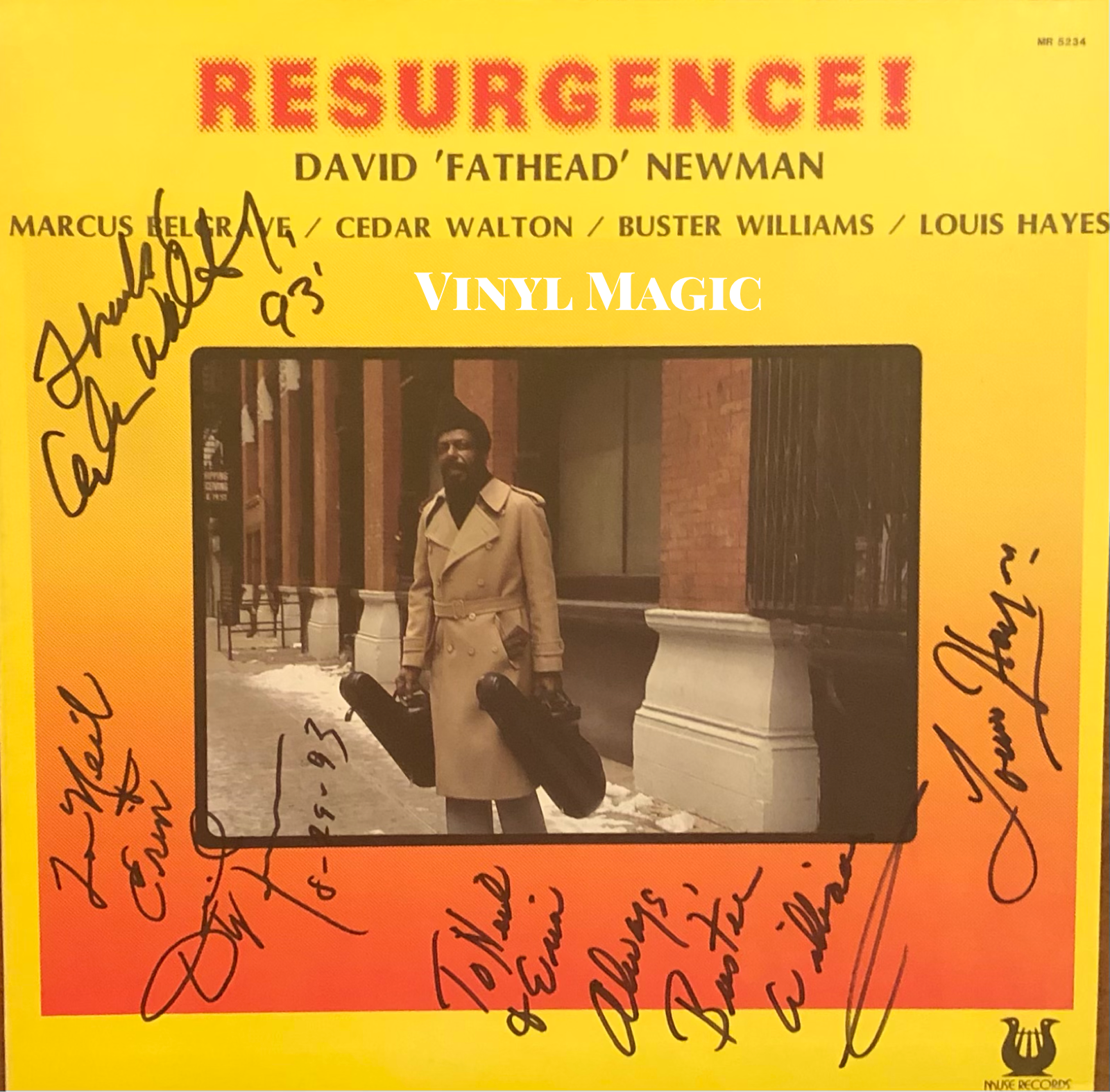David Amram, Erin and Me...
I remember we were up late that night talking and drinking and having a great time. The next morning I had to be up early to teach gym at school. Dizzy (Gillespie) got up when I did and said that before I took off, he and I should play something—Dizzy on the piano and me on the French horn. I said, 'Great.' Dizzy sat down at my piano and asked “What should we play?” I said, 'I don’t know—the blues?' He said “What key?" I realized then that Dizzy was making me feel as comfortable as possible. He did this with everyone who played with him, and that was a valuable lesson I learned and used throughout my life.
So we played the blues in F, but the chords Dizzy used that morning were astounding. He was playing accompanying harmonies of 12-bar blues using chord changes that were so different and voiced in such an amazing way. His playing put me in a place where I had to listen carefully, in amazement, and find my way. So there I was, playing the blues in F on French horn with Dizzy on piano. I think about that moment every day. I don’t think it was a memorable experience for Dizzy, but he always remembered it when we got together in later years.
Dizzy opened a musical door for me that morning, and he taught me how to treat musicians in your band. Make them feel comfortable, secure and appreciated, and they'll play at their highest level. As I got to know Dizzy more and more over time, I realized he was as generous a person as he was a magnificent innovator, and that being both was not only possible but essential.
David Amram
The Manchurian Candidate (1962 recordings, 2019 reissue) signed by David
It was just happenstance. In 1956, I was attending a 'bring your own bottle' party at a loft in what is now called Soho. The painters always had the most space for the least money and they were able, in effect, not to have to go to an art gallery to show their work by having a great big, anybody-could-come party, and everyone would bring their own bottle... anybody and everybody could come to those. And on Friday and Saturday nights, since most people had day jobs, they could stay up all night cause they didn’t have to go to work the next day.
Those were always our low budget, or no budget, social events. I was there one night with my little bag of penny whistles and my French horn. There was no piano that night, and this man in a black and red checkered lumber jacket, looking like a French Canadian logger came up, handed me a piece of paper and said, “Play for me,” and took the paper back before I could read what was on it, and he began to read something. I don’t know what it was. I didn’t recognize it then, but in the process of trying to make up some music on the spot that would be appropriate to enhance the music already in the words he was speaking, and the way he spoke them, I just felt this terrific connection the way I have with great musicians and actors I’d worked with already at that point in my life. And we became friends, and we kept bumping into each other and doing that over and over again. I found out he’d spoken French as a child and I had. He’d been a football player, I’d been a gym teacher. He’d been in the maritime service, I’d been in the Army. He loved traveling, he loved people, he was interested in all kinds of music and literature, and painting and sports, and was a wonderful, warm, brilliant, fun, down to earth person.
David Amram meeting Jack Kerouac in New York City
He died with $83 and almost all of his books out of print. A lot of his friends had abandoned him and he always knew he was a writer when I stayed in touch with him. Even to the end, he was still writing and dreaming of being appreciated, and still dreaming of a more compassionate, beautiful America...
David Amram on the demise of his friend Jack Kerouac
Subway Nights (1972) signed by David
If you’re around all kinds of beautiful music, it will nitrify and enrich your DNA. Sonny Rollins, who’s two months younger than I am, told me recently, “David, I can’t walk around so well anymore, I can’t play the saxophone, I can’t do many things that I love to do, but I’ve never been happier, because I’m just spending all my time understanding and following the golden rule.” Sonny is someone who’s really arrived spiritually, and he did not get to that level by buying a course, or subscribing to an installment plan in order to be spiritual.
David Amram
Triple Concerto (1978) signed by David
My piano sonata from 1960 is starting to be played again and I listen to that now and think, Wow, this young cat has some nice stuff here! But I try not to rest on my laurels. One of the things I always liked about New York was, you could finish the most colossal project and people would just say, What are you doing next? I understood that workaholic ethos when I was composer-in-residence with Leonard Bernstein at the Philharmonic. The morning after the glorious opening night of their 1966–67 season, Bernstein and the whole orchestra were back at work, sawing away, preparing a whole new hard program for the following week’s schedule. They didn’t even have the chance to take a day off. They had to get up and grind on and then go back every night to repeat their concert from the night before and make it even better. I thought, Man, they’re doing this all year long! And I vowed that I would never complain about being overworked or dare to say, I’m not in the mood to work today.
David Amram
Havana/New York (1977) signed by David, Candido, Arturo Sandoval, Paquito D’Rivera
David Amram, confidant of Jack Kerouac, first Composer-In-Residence at the New York Philharmonic in 1966 under Leonard Bernstein, noted film composer who scored the acclaimed films Splendor In The Grass, The Arrangement and The Manchurian Candidate, jazz accomplice of Dizzy Gillespie, Charles Mingus, Thelonious Monk, Charlie Parker, Sonny Rollins, and collaborator with Bob Dylan, Jimmy LaFave, Willie Nelson and Patti Smith...is there anything he can't do? Or hasn't done? By comparison, Zelig seems a dilettante and rank amateur.
A Renaissance Man in every sense, David was born in Philadelphia and then moved when he was seven to a farm in rural Feasterville, Pennsylvania. His father had given him a bugle and he started playing the piano. The bucolic lifestyle suited David and his music appreciation was enhanced by an unlikely source: “The old hog callers, who excelled in this special style of performing art. Whether or not they impressed any hogs, these farmers made me see that you can find music and beauty anywhere if you pay attention. They also made me see that you can transform anything into a form of expression all your own.” David studied French Horn and Orchestral Composition for a year at the prestigious Oberlin Conservatory Of Music before transferring to George Washington University in Washington, DC, where he completed his studies in 1952 and earned a degree in European History. David even found time to play French Horn with the National Symphony Orchestra as a substitute, before enlisting in the U.S. Army and spending two years in Germany. That led to a sojourn in postwar Paris playing jazz, enjoying the esprit de coeur which prevailed in the sundry cafes and jazz clubs along the Left Bank, and hanging out with George Plimpton and Peter Matthiessen as they co-founded The Paris Review.
Autobiography (1982) signed by David, “Deep in the heart of Texas and the Hudson Valley! Photo taken in Austin, Texas
When David returned to New York City, he joined Charles Mingus' band and jammed with the denizens in 52nd Street jazz clubs which led to joining Oscar Pettiford's big band. David reminisced on his time with Oscar, "When I was playing with Oscar Pettiford’s big band in 1957, at the New York nightclub Birdland, I got talking with Jimmy Cleveland, a great trombone player. After rehearsal I started whining about my landlord, and my then-girlfriend leaving me and my lack of work—whine, whine, whine—and Jimmy just sat there going, Mm-hmm. Finally he said, 'Let me pull your coat to something, he said, 'Don’t put your business in the street.' Bam! Jimmy made me understand that no one wants to hear David singing the blues—unless it’s a psychiatrist, and they now get three hundred dollars an hour for that."
After unexpectedly meeting Jack Kerouac at a loft party and accompanying him on a Spoken Word Jazz performance (probably the first ever!), David forged a lasting friendship with the brilliant and mercurial Kerouac. They also collaborated on the influential 1959 movie "Pull My Daisy" a Robert Frank and Alfred Leslie production. David remembered, "When Jack Kerouac did the narration for the silent movie “Pull My Daisy,” he had me do the score for it and also appear in it as Mezz MacGillicuddy, the deranged French horn player. Allen Ginsberg was in it, Gregory Corso. None of us could act, which we proved by our nine performances, but it was a fun kind of wonderful home movie. And Jack Kerouac’s brilliant narration over 29 ½ minutes of chaos and clowning around actually made it look like that was supposed to be what happened, even though we massacred the whole idea of what we were supposed to have done. It was a lot of fun."
This led to additional work with fellow iconoclast and film director Elia Kazan who hired David to score Splendor In The Grass (1961) against the wishes of Warner Brothers Studio who preferred a more established film composer. A very successful film - an Oscar winner to William Inge for Best Screenplay - David contributed to Kazan's film The Arrangement (1969) as well as the haunting music to John Frankenheimer's brooding The Manchurian Candidate in 1962, starring Frank Sinatra. No less than The Chairman Of The Board, a jazz fan himself, gave his blessings: "David Amram has done a magnificent job; the score is exactly what I wanted for this film. The music is almost sane sometimes, as the story is almost sane sometimes. And at other times, the music is in the trees, just like the movie is. It is a great score." What Sinatra wants, Sinatra gets!
At Home/Around The World (1980) signed by David
In the ensuing years, David's achievements and collaborations are too numerous to chronicle and he remains a music omnivore. Erin and I had the chance to see him recently at the Jazz Forum in Tarrytown, New York, an intimate jazz club. The show was sold out and the only seats left were at the end of the bar, so Erin and I grabbed two stools and settled in. Just then, David appeared and asked the bartender for some tea. I grabbed some vinyl and got to work, 'Tell me about Jack Kerouac?' "Oh, he was a wonderful man, obviously a great and talented writer. He was also a devout Catholic who went to Mass everyday and tried to live the St. Francis prayer. When he became a big literary star after On The Road was published, his agents and publicists wanted him to attend swanky society affairs. He hated that, he just wanted to hang with his friends - poets, actors, musicians and painters. You know, It’s just a continuum, he’s like he’s still here even though he’s not," David said with a hint of a mystical gleam in his eyes. 'Tell me about your beads,' I asked, which grace the 1980 album cover of At Home/Around The World. "I have always had these, they were gifts from friends I have met along the way," he said, as he grasped a handful. When he signed the Woody Guthrie tribute album - he had been selected by the Guthrie Family Foundation to score a symphony for Woody in 2007 - he paused, "You know, I knew Woody and Pete Seeger very well." 'And Jimmy LaFave,' i interjected, 'That's his signature right there.' "Oh Jimmy was a beautiful man, how I miss him," David responded while signing "Also a fan." I apologized for having so many records and taking up so much of his time. David would have none of it, "No it’s my pleasure. You know, a composer has a solitary life, I’m hidden away choosing notes and constructing a piece. You never know if someone is ever going to hear it, much less enjoy it. So I’m very happy to sign these albums, it brings back some great memories." 'Ok, just one more,' I said as I handed him the recently re-released vinyl soundtrack to The Manchurian Candidate. "Oh, Harold Land is on this one, and Carmel Jones, Jimmy Bond, so many other great players. I'm glad this has been reissued, it's been a long, long time," he said as he inscribed, "At last! 1962-2019".
Hard Travelin’ (1988) signed by David, Jimmy LaFave, Pete Seeger
Now it was time for David to get to work on the band stand. David's band included Erik Lawrence on tenor sax, Rene Hart on bass, Elliott Pepper on conga, and his son Adam Amram on conga and percussion. David played piano, flute, percussion, penny whistle, and whatever else he could get his hands on. They opened with Sonny Rollins' "St. Thomas" which David counted off with a cowbell, before the band swept in a percussive Latin flow. David added some nice flute accents, then did a solo a la Rahsaan Roland Kirk playing two penny whistles at once. Dexterously. Other highlights were Gershwin's "Summertime", a dawdling piano intro by David, then Erik joined with a languid, slow as molasses tenor saxophone accompaniment. After extensive tenor blowing, there were deep grooves with deft call and response between the piano and bass. After the applause died down, David volunteered, "You know, I get asked all the time, What's the secret to being a composer? Well, I say, all it takes is purity of intent and exquisite note choices." Well, that sounds easy enough, especially if you're as prodigiously talented on as many instruments as David is. Oh that it were so! David introduced his last selection, "I'm going to play a song from Pull My Daisy by the late Robert Frank which was written by my unlikely cohorts, Jack Kerouac. Neal Casady and Allen Ginsburg. You know everyone knows Seinfeld, the TV show, well Larry David wrote Seinfeld about nothing and he based it on seeing Pull My Daisy a long. long time ago." There were cackles and guffaws from the unsuspecting audience, but David remained deadpanned.
Of his upcoming November birthday, David recently confided in an interview, "Anyway, I don’t have time for old age to catch up with me. The title of Charlie Parker’s great 1945 anthem “Now’s The Time” remains my mantra. People are already planning celebrations for my ninetieth birthday in different cities around the world. So I am eating extra vitamins and trying to get at least one good night of sleep a week to be ready." David Amram is a musical treasure, a brilliant raconteur and an endless font of kindness and enthusiasm. Would that we all shared his indomitable spirit!
Latin-Jazz Celebration (1983) signed by David, Candido, Arturo Sandoval, , Paquito D’Rivera
Choice David Amram Cuts (per BKs request)
https://www.youtube.com/watch?v=j69jBSwi-f4
Live Tribute to Monk: David Amram, Dizzy Gillespie, Roy Haynes, Walter Davis Jr., Percy Heath
https://www.youtube.com/watch?v=kSQ9mHZRHGA
"What A Wonderful" Live at eTown 2015
https://www.youtube.com/watch?v=-XME9RnC1RU
"Pastures Of Plenty" David swings Woody at eTown 2015
https://www.youtube.com/watch?v=8eIrwHFNj3U"
This Land Is Your Land" David swings Woody with Jimmy LaFave
https://www.youtube.com/watch?v=KqrJYcj2wrg
The Eastern Scene (1957) David Amram with George Burrow
https://www.youtube.com/watch?v=FtrOtygTyvI"
Take The 'A' Train" David Amram and friends live at Jazz Forum, Tarrytown, NY 2017
https://www.youtube.com/watch?v=wolfHMCWpS0&list=RDEMrCUCBkhf7gLtmeNYbz1oMQ&start_radio=1"
Splendor In The Grass" live in Montreal with Vic Juris
https://www.youtube.com/watch?v=jO-K3vZHBPE"
Pescau" At Home/Around The World (1996) with Patti Smith
https://www.youtube.com/watch?v=iwQr8wGIM14"
My Old Kentucky Home" Tribute to Hunter S. Thompson, 1996 with Warren Zevon, Johnny Depp
https://www.youtube.com/watch?v=vSOv-La5lk4
"Triple Concerto" David conducts Chicago Symphont Orchestra






